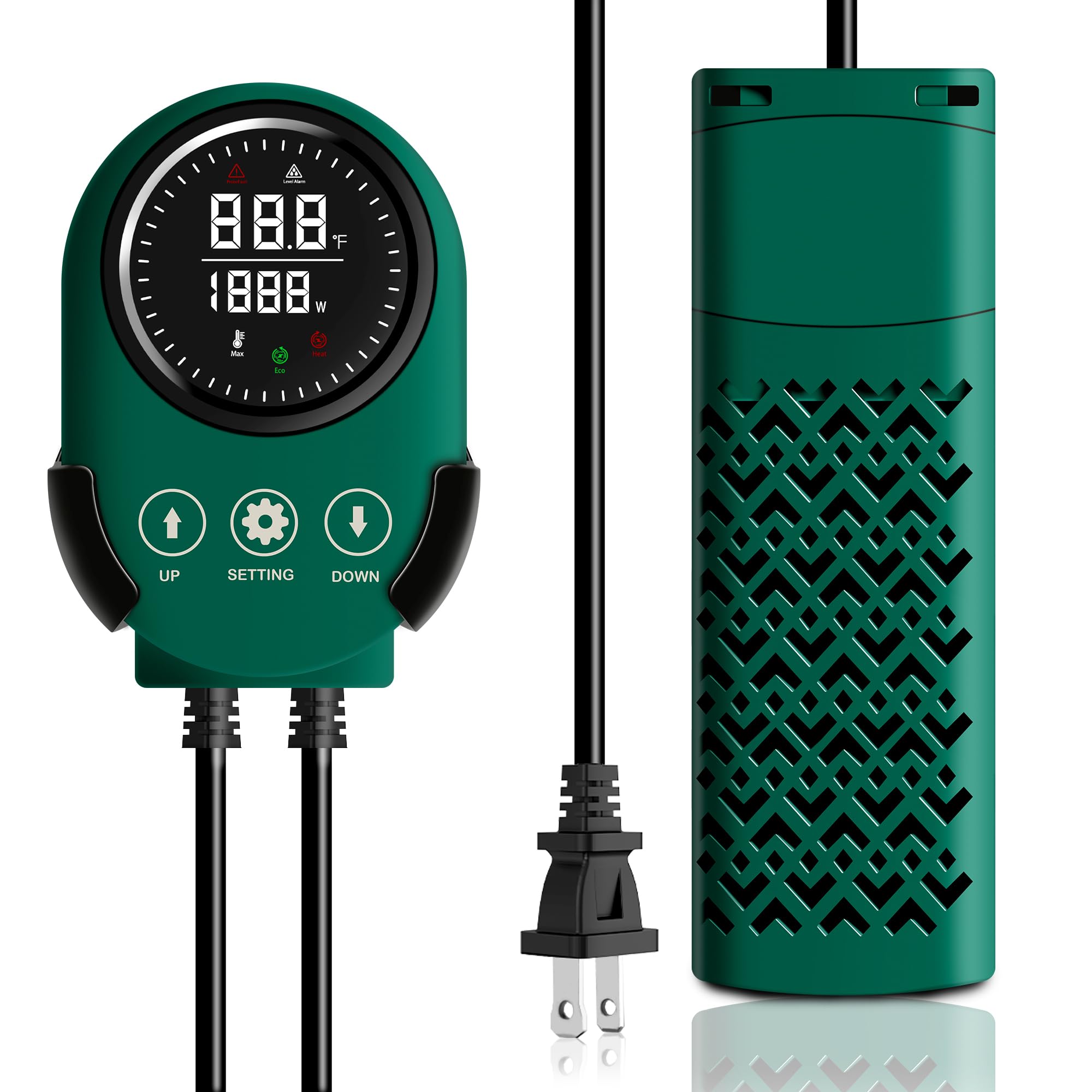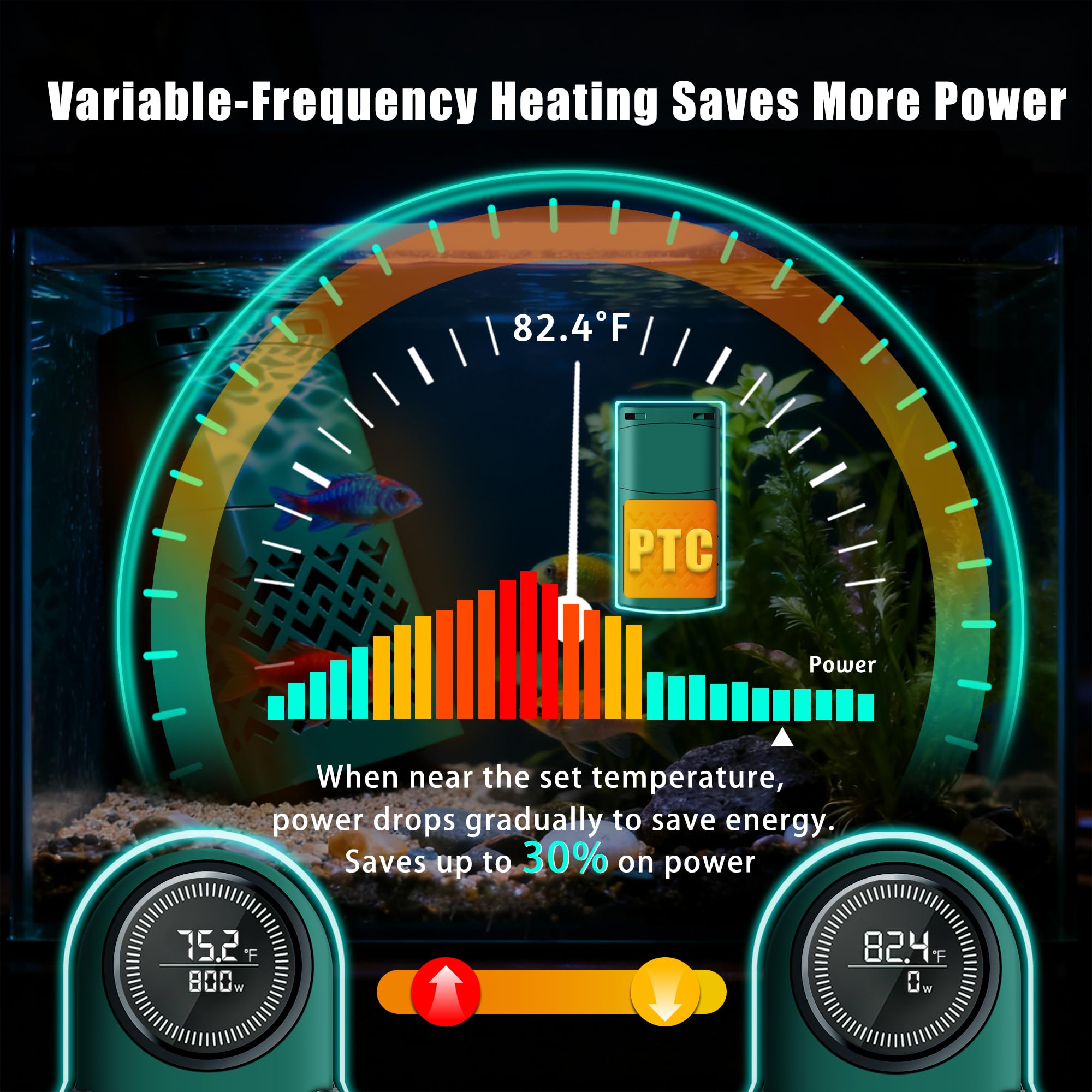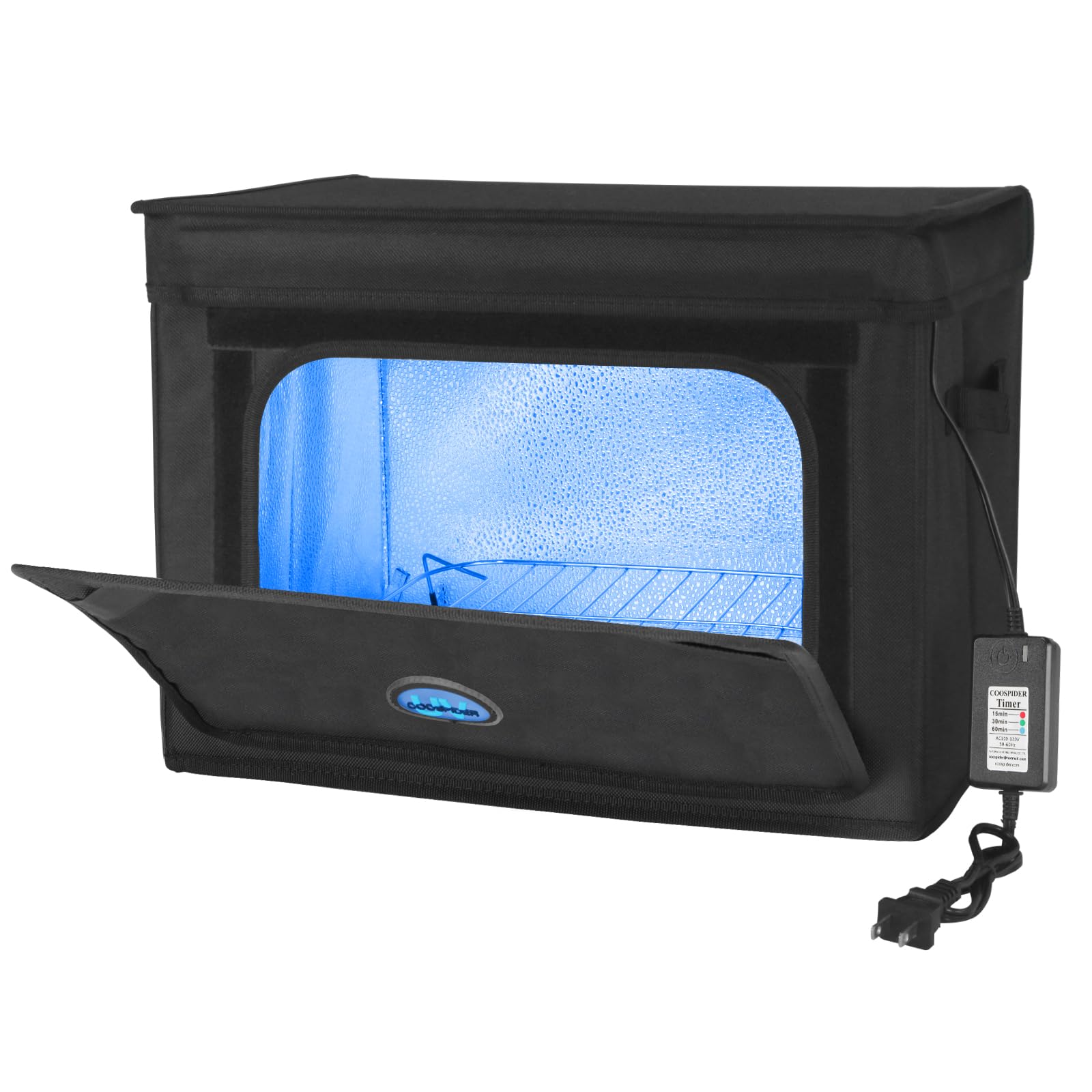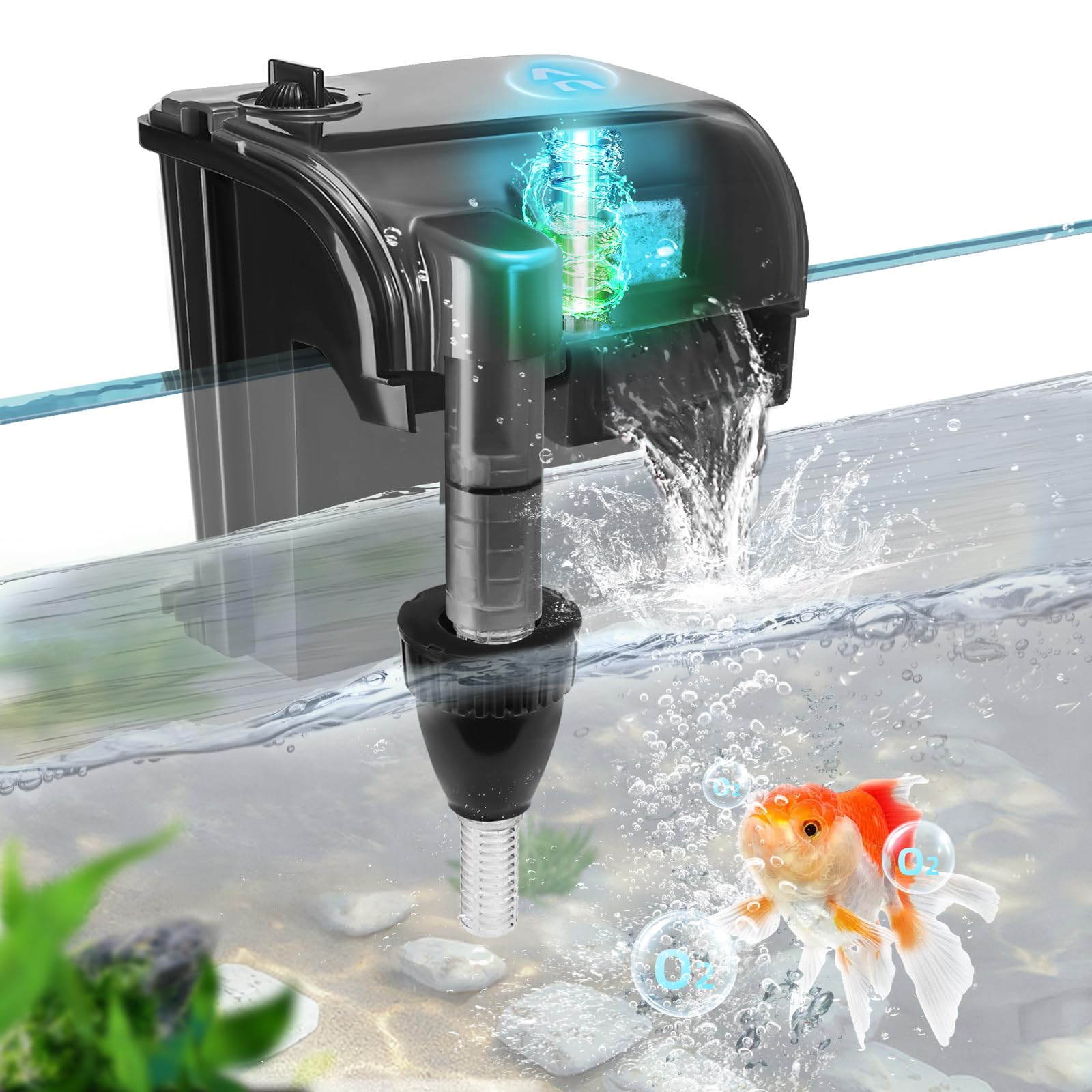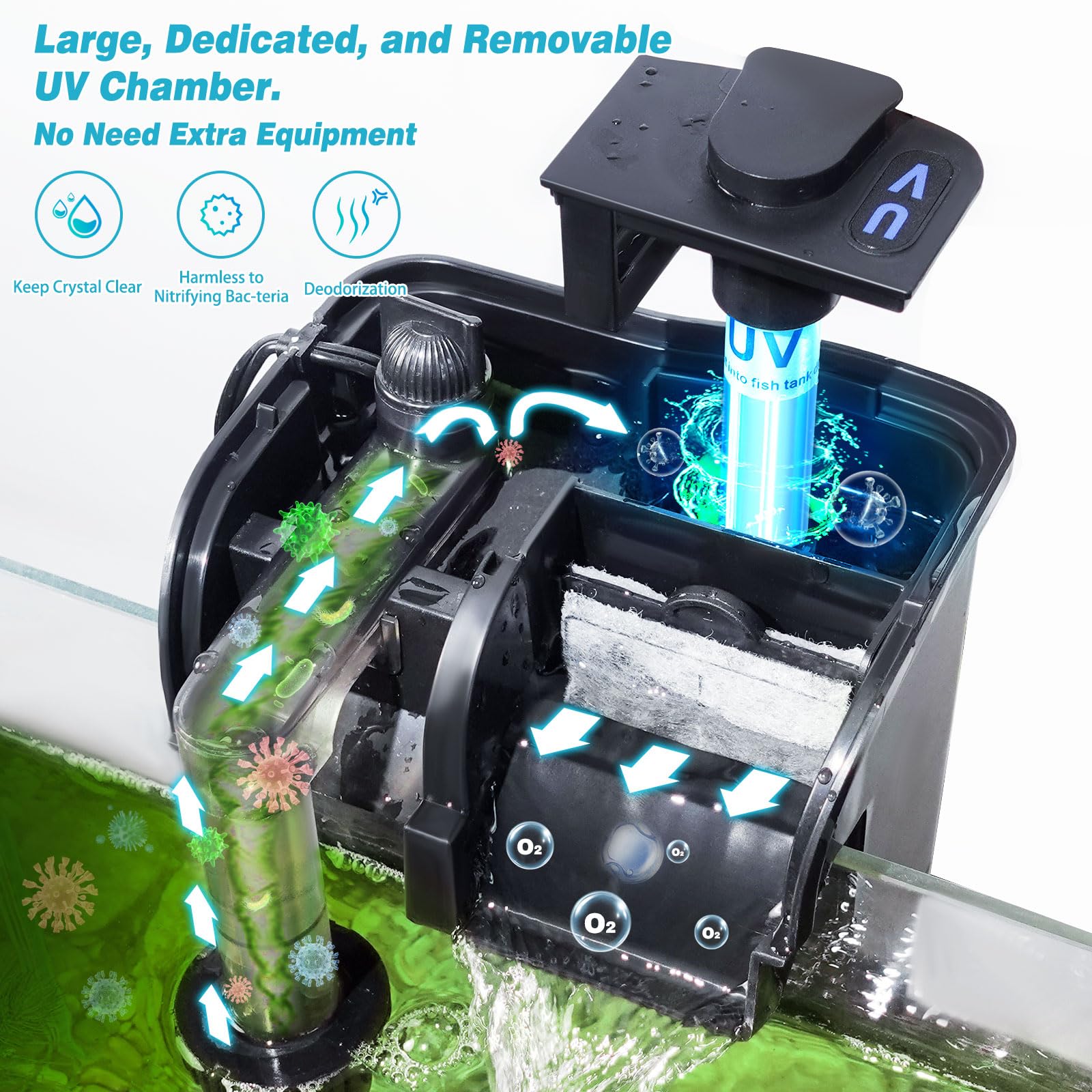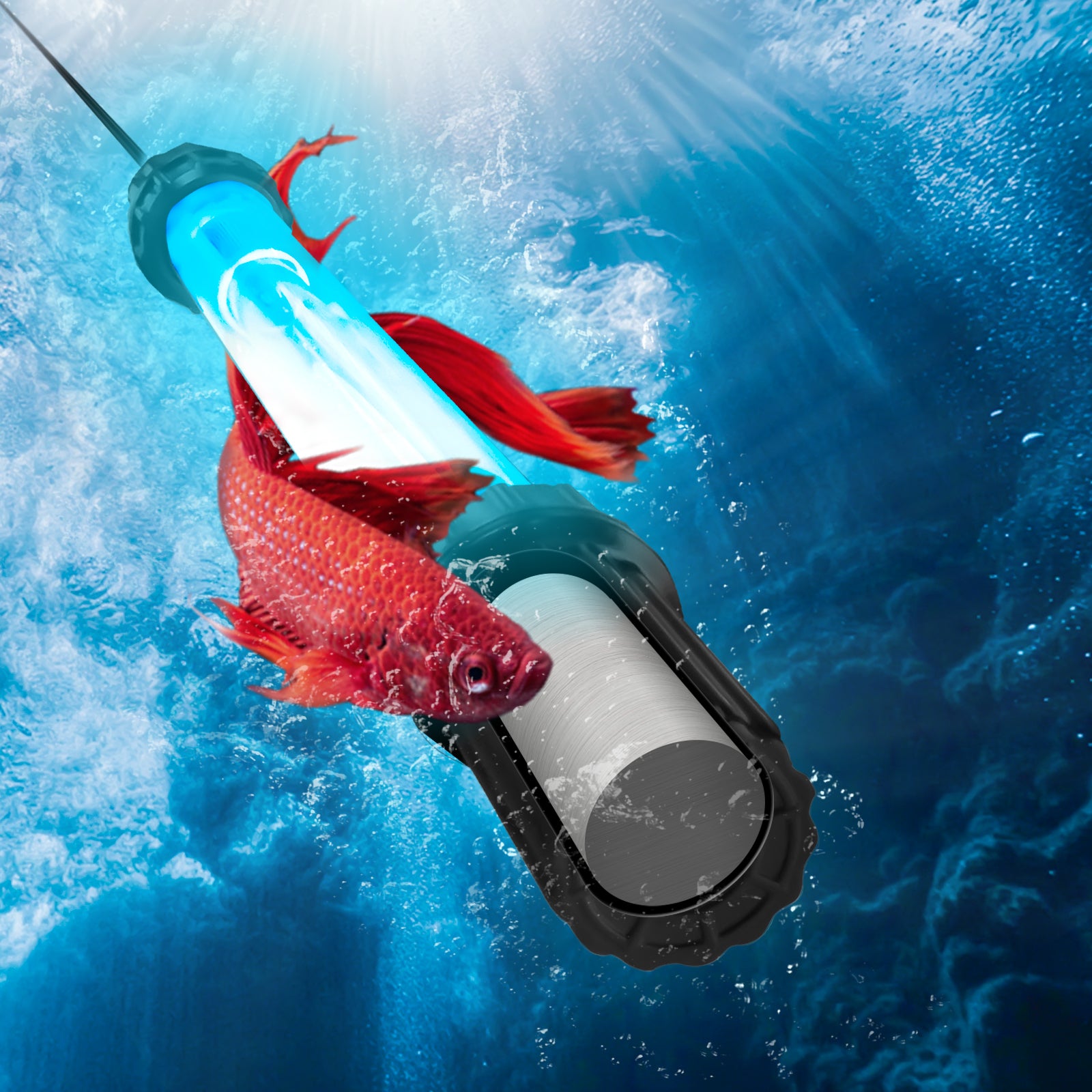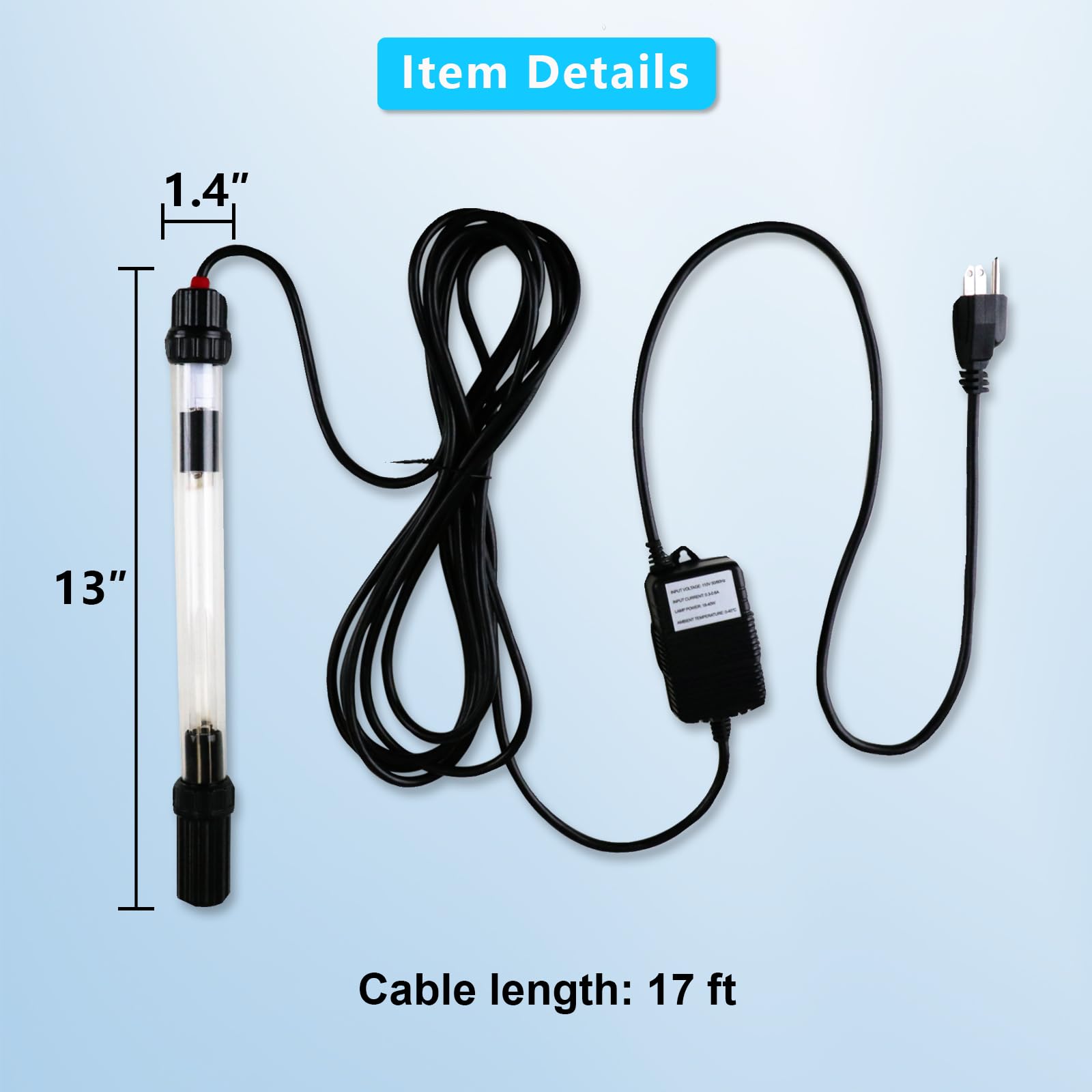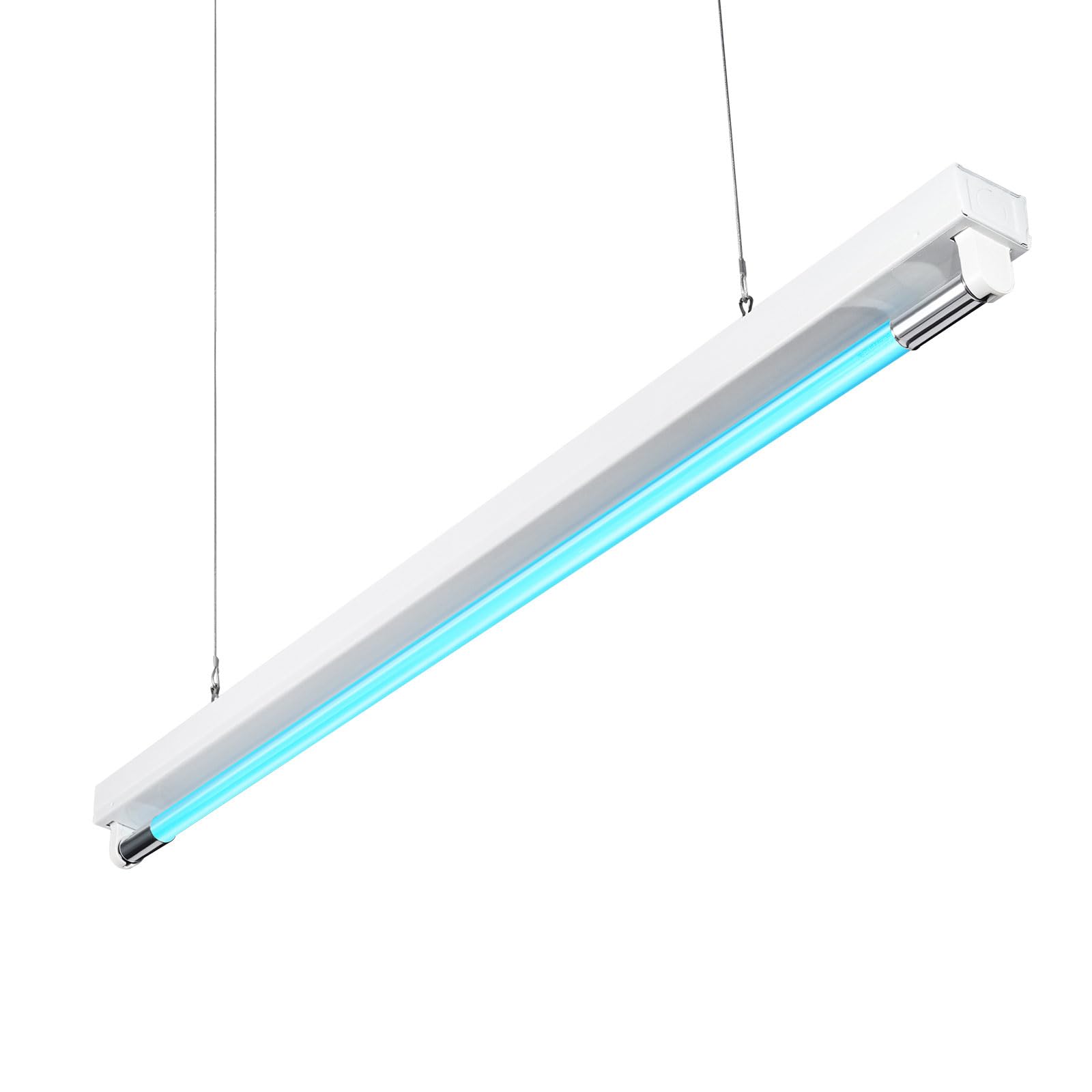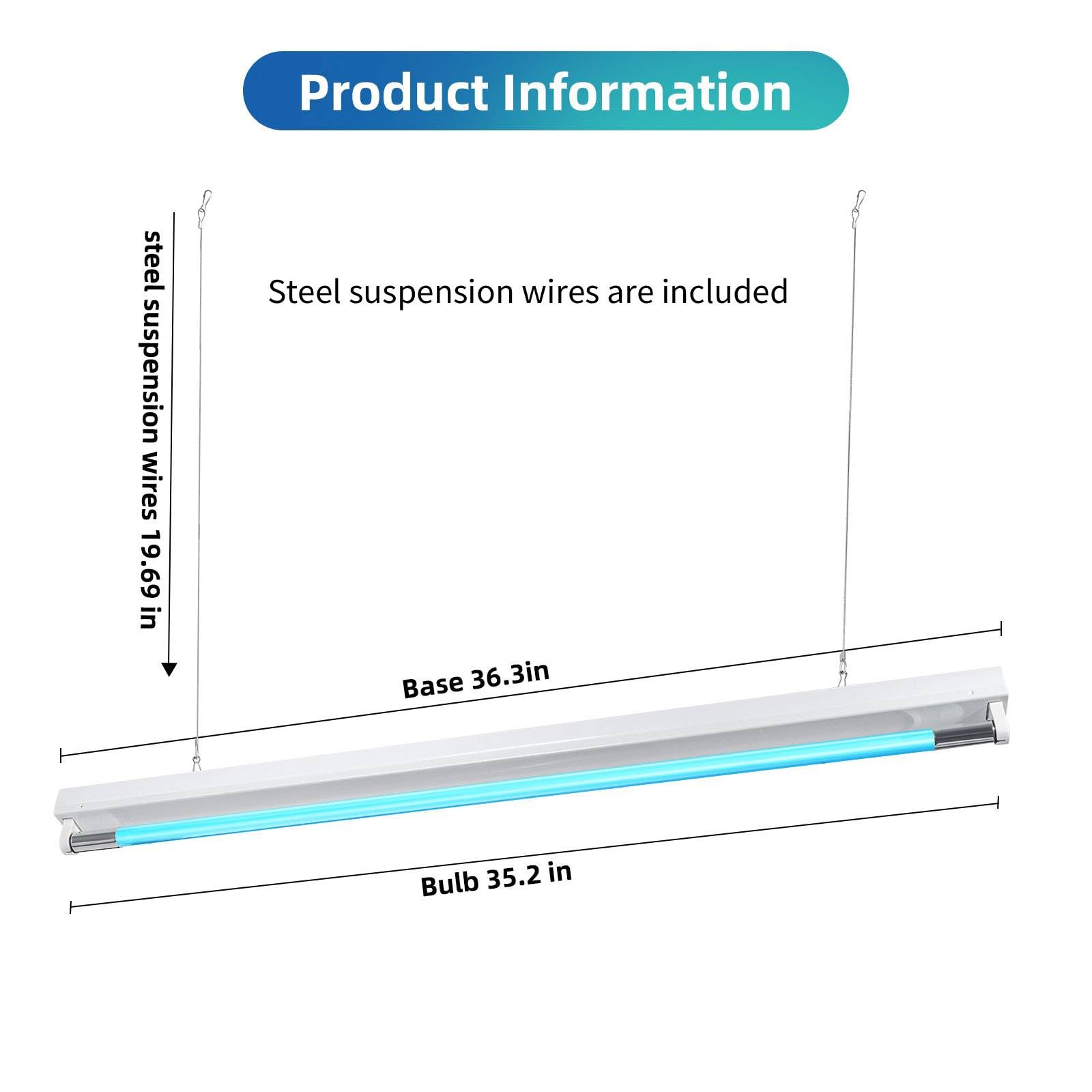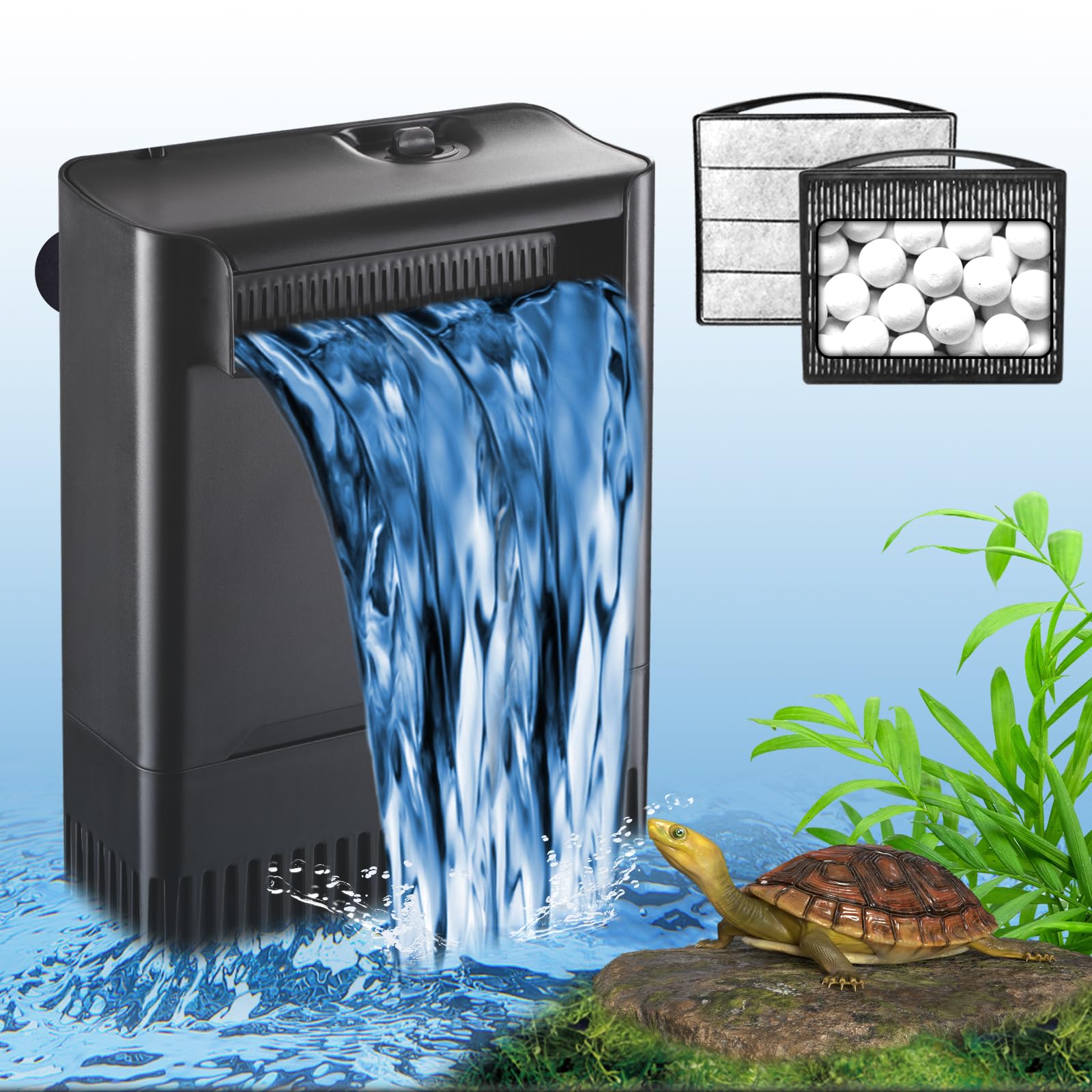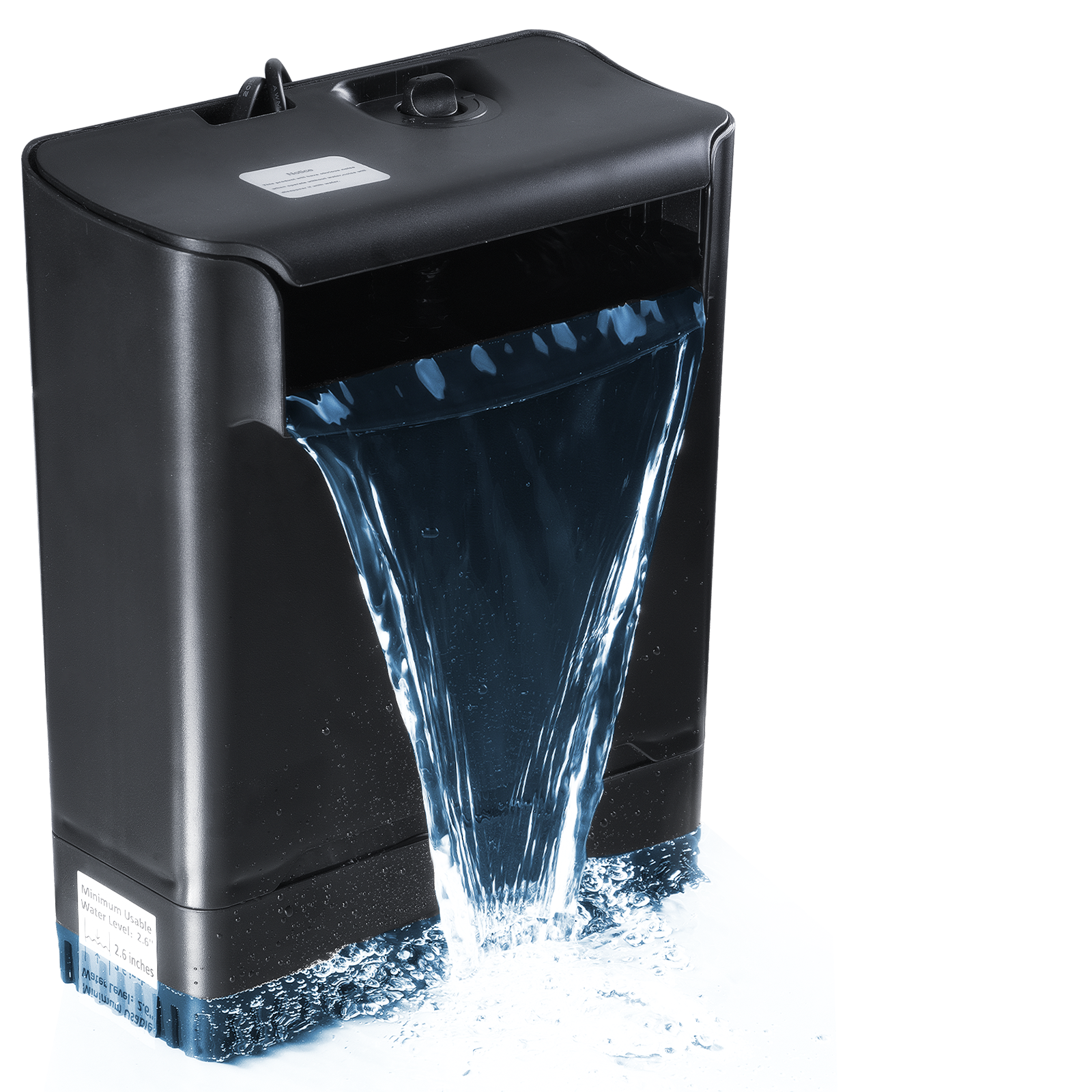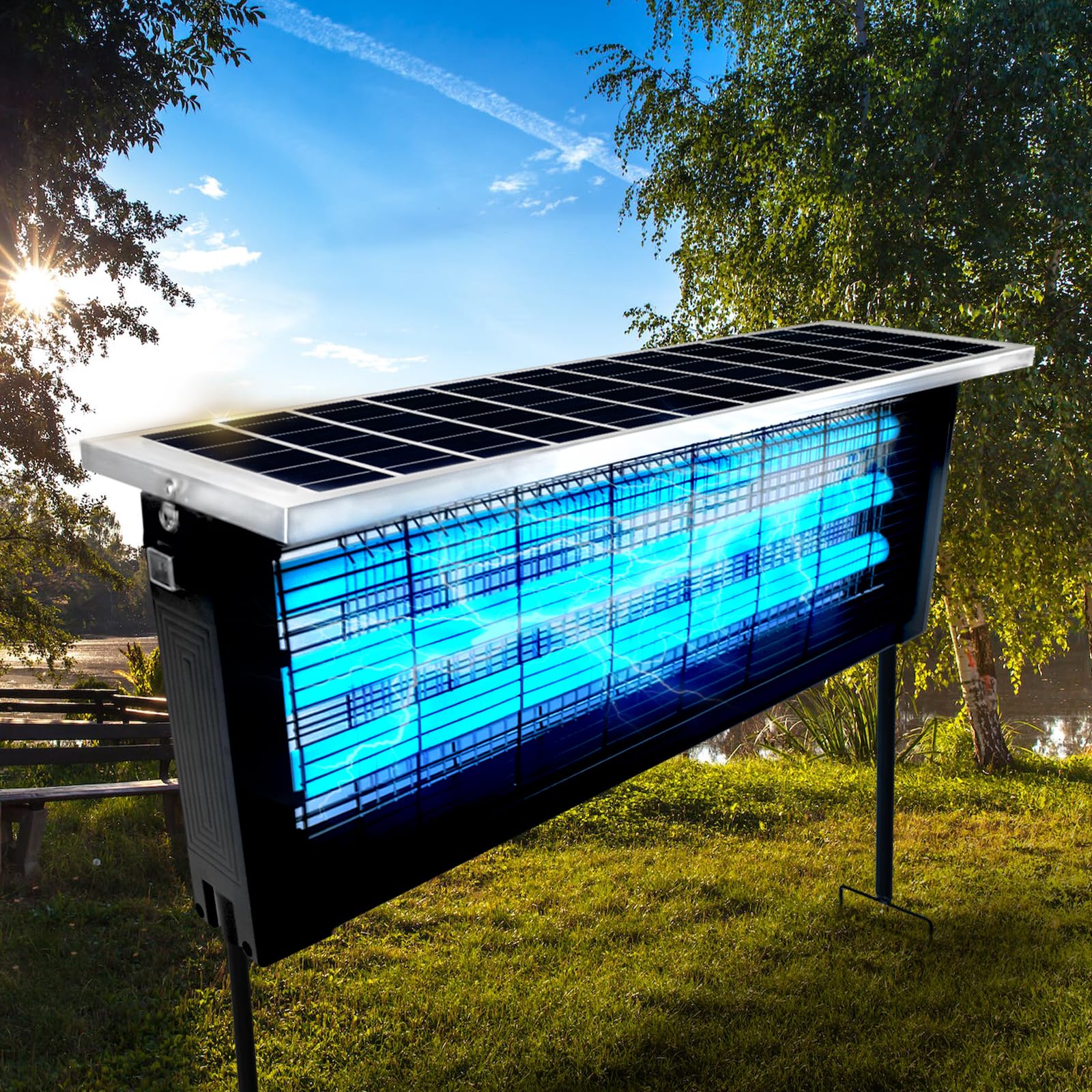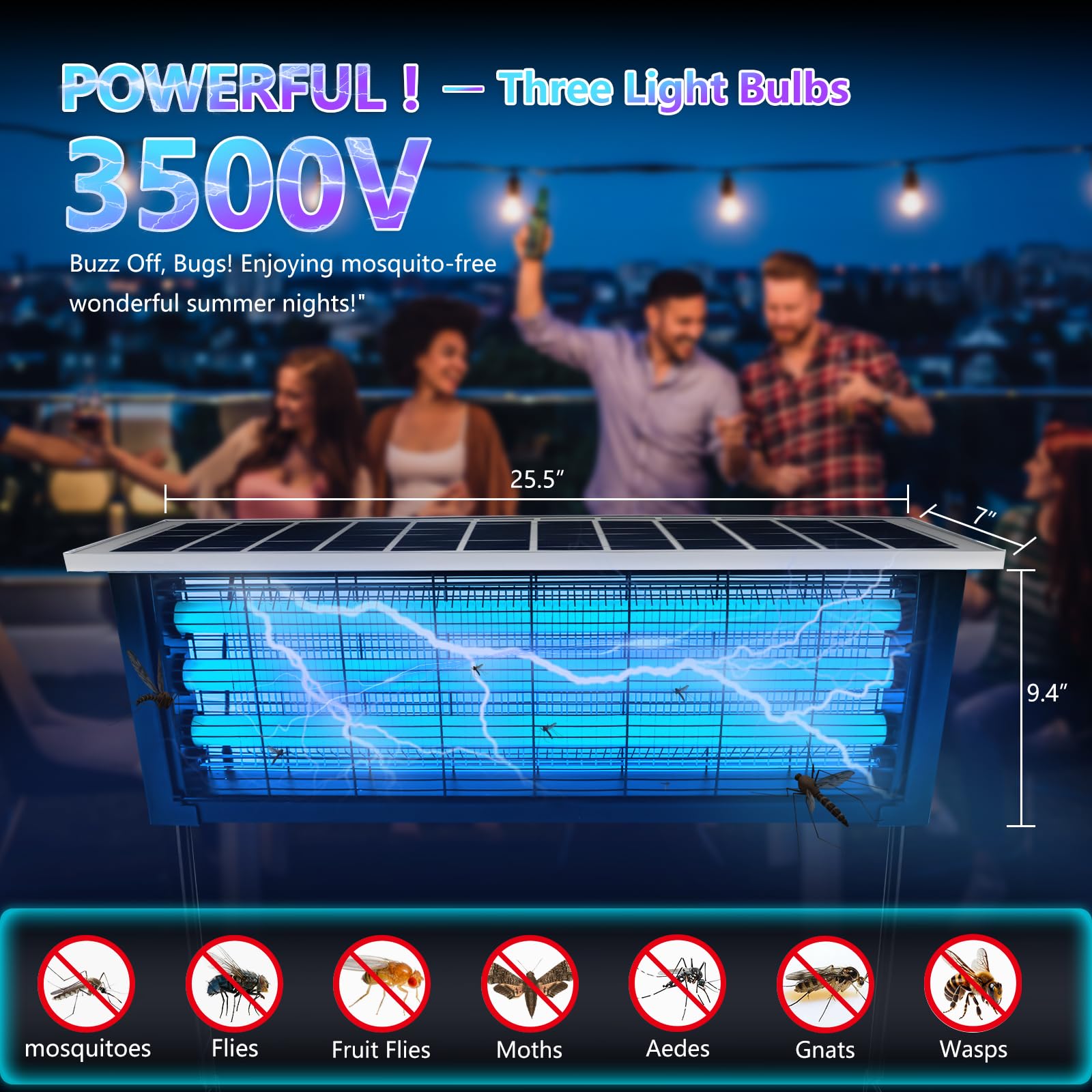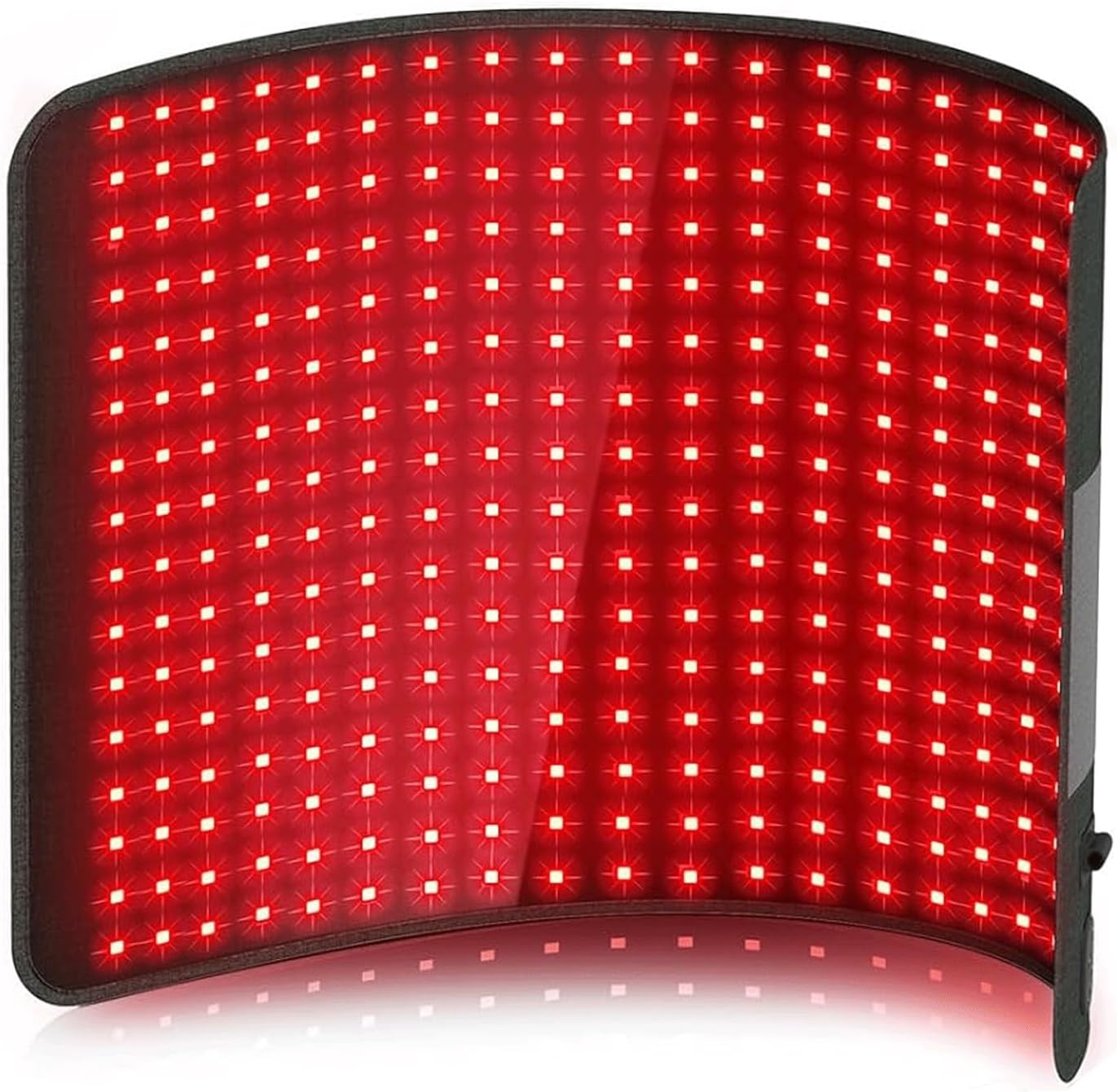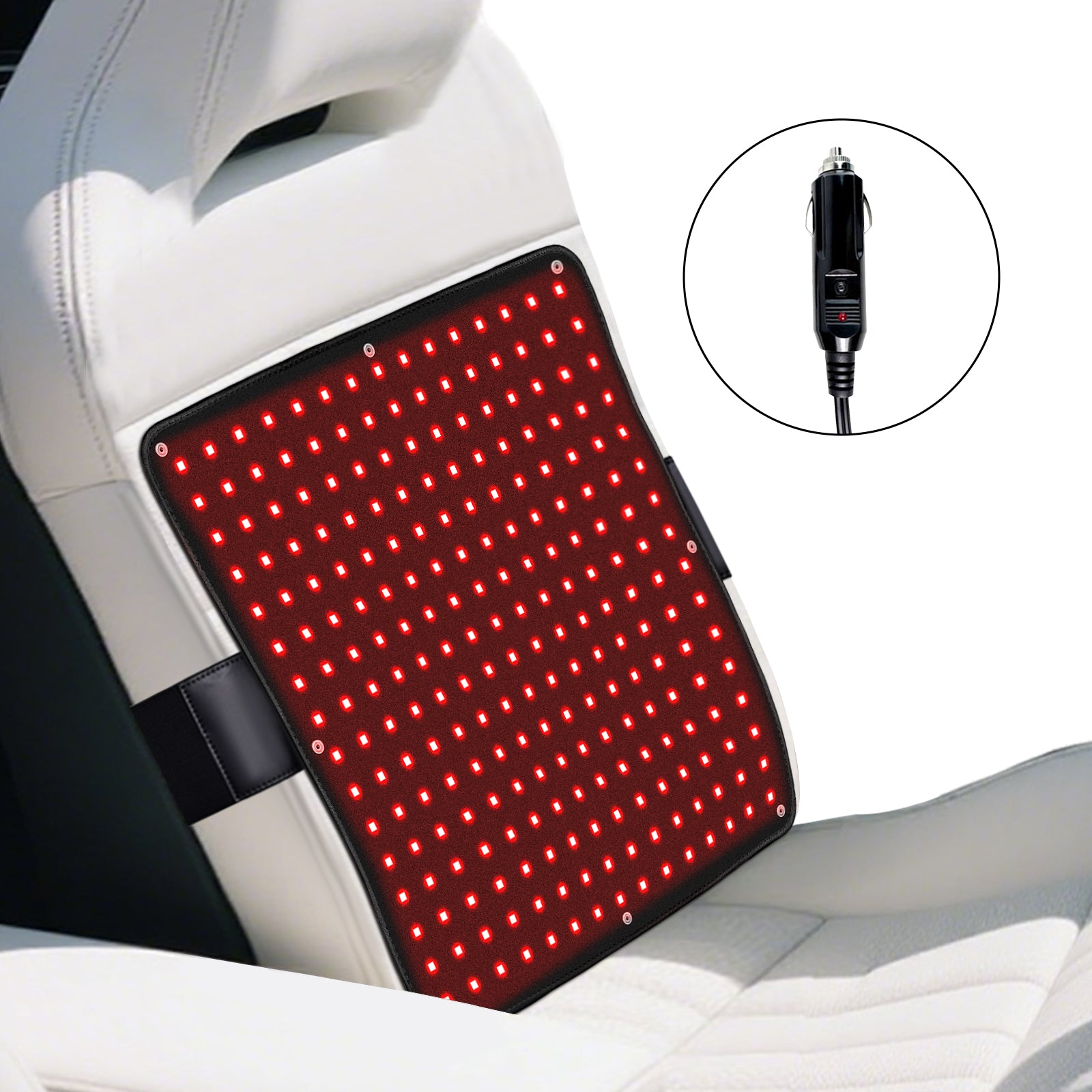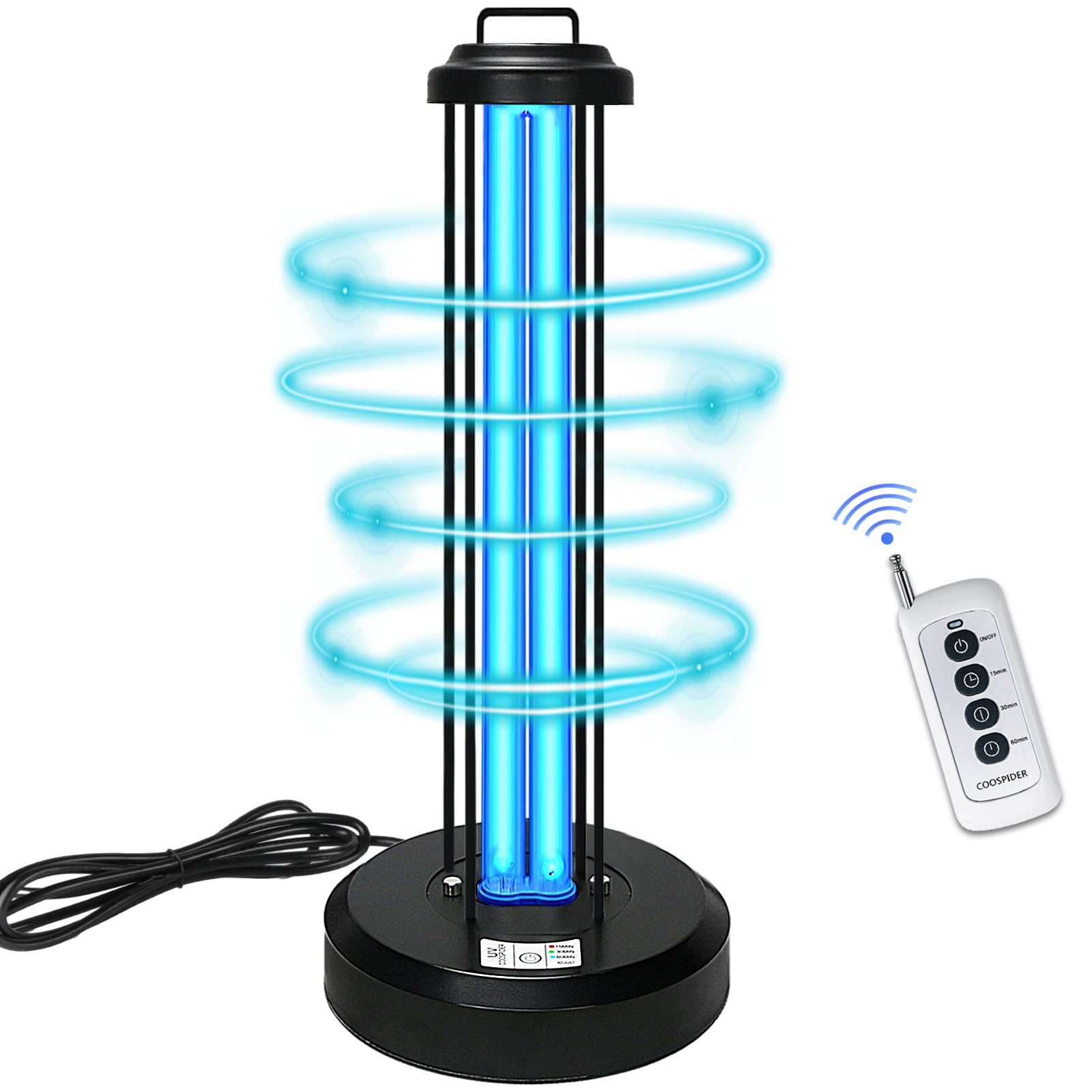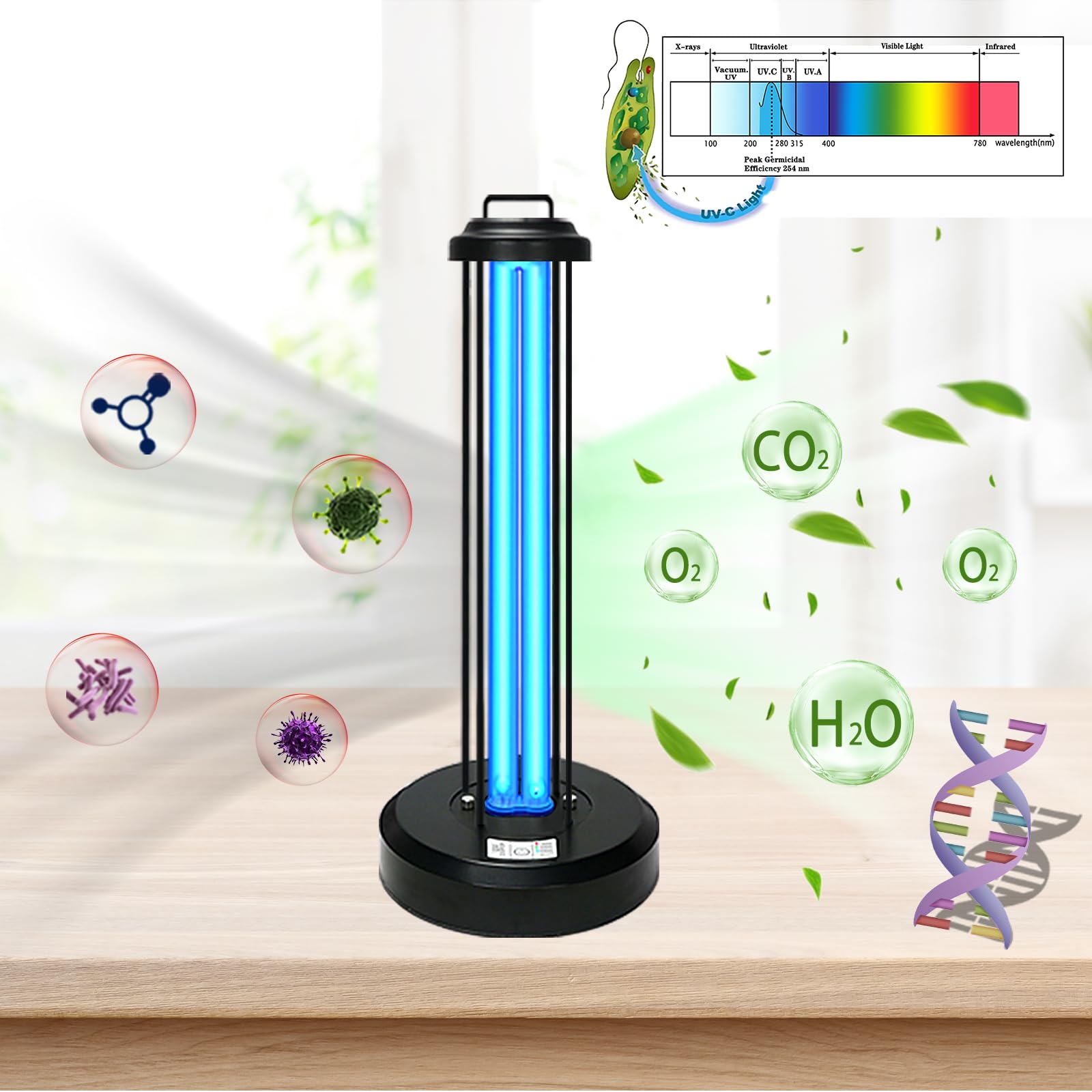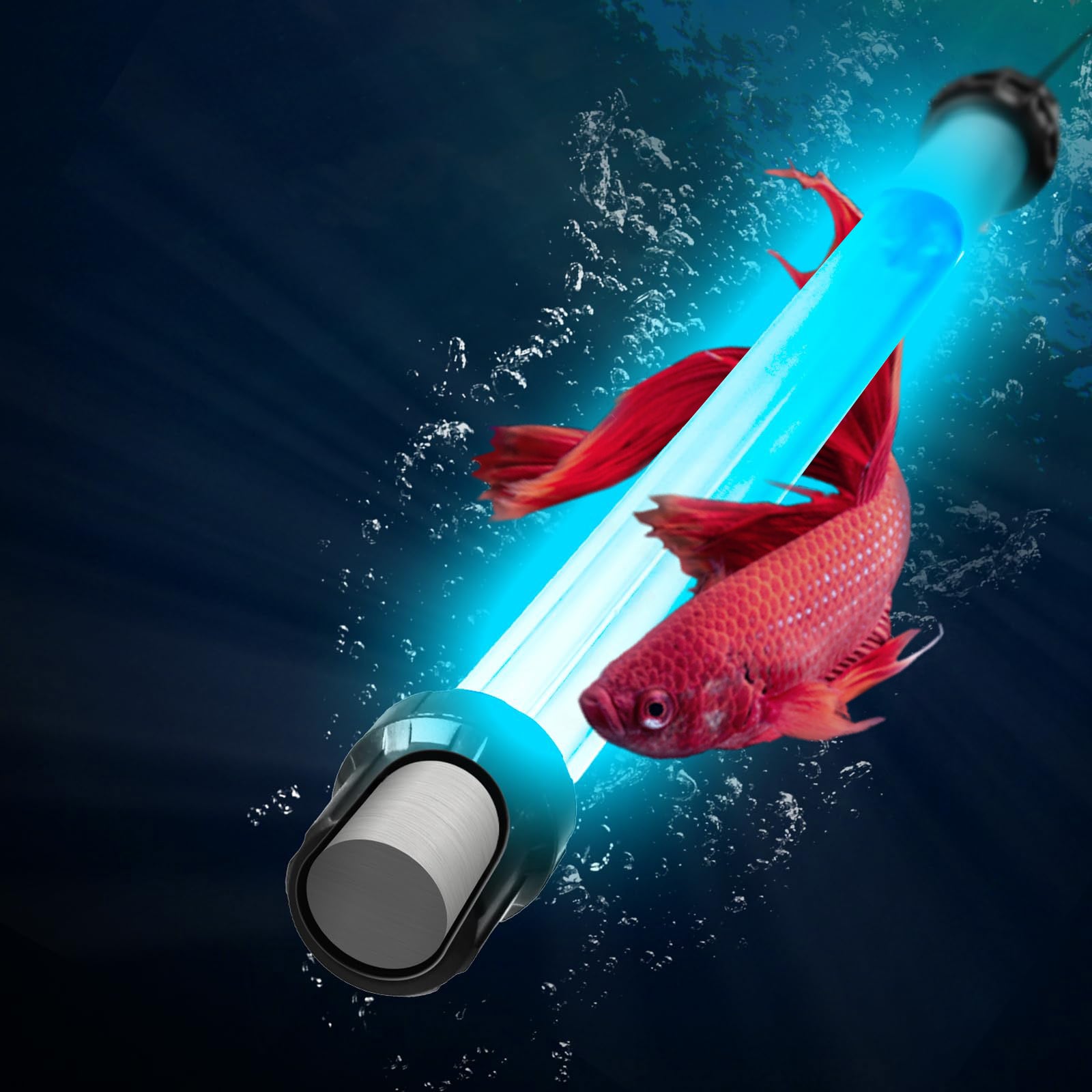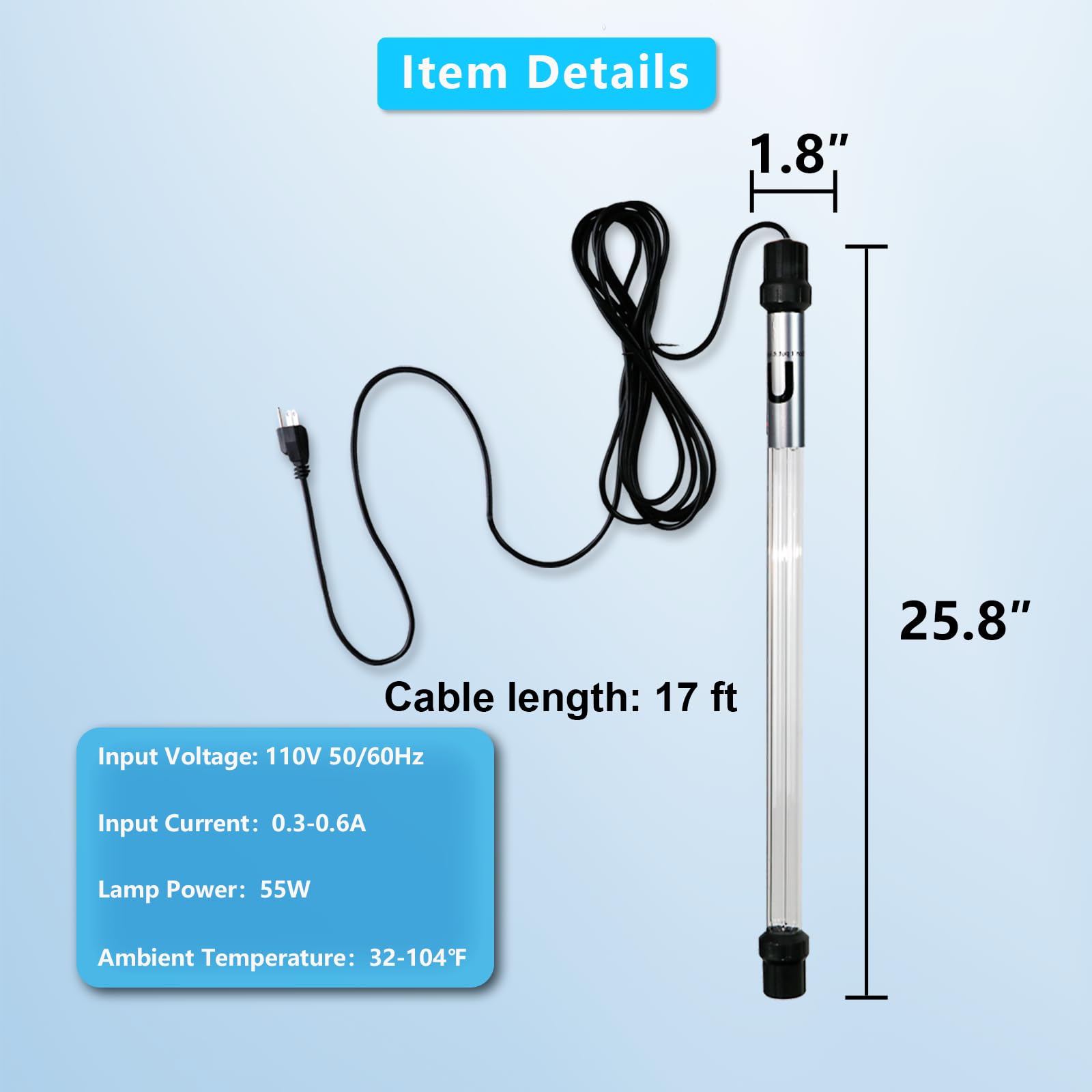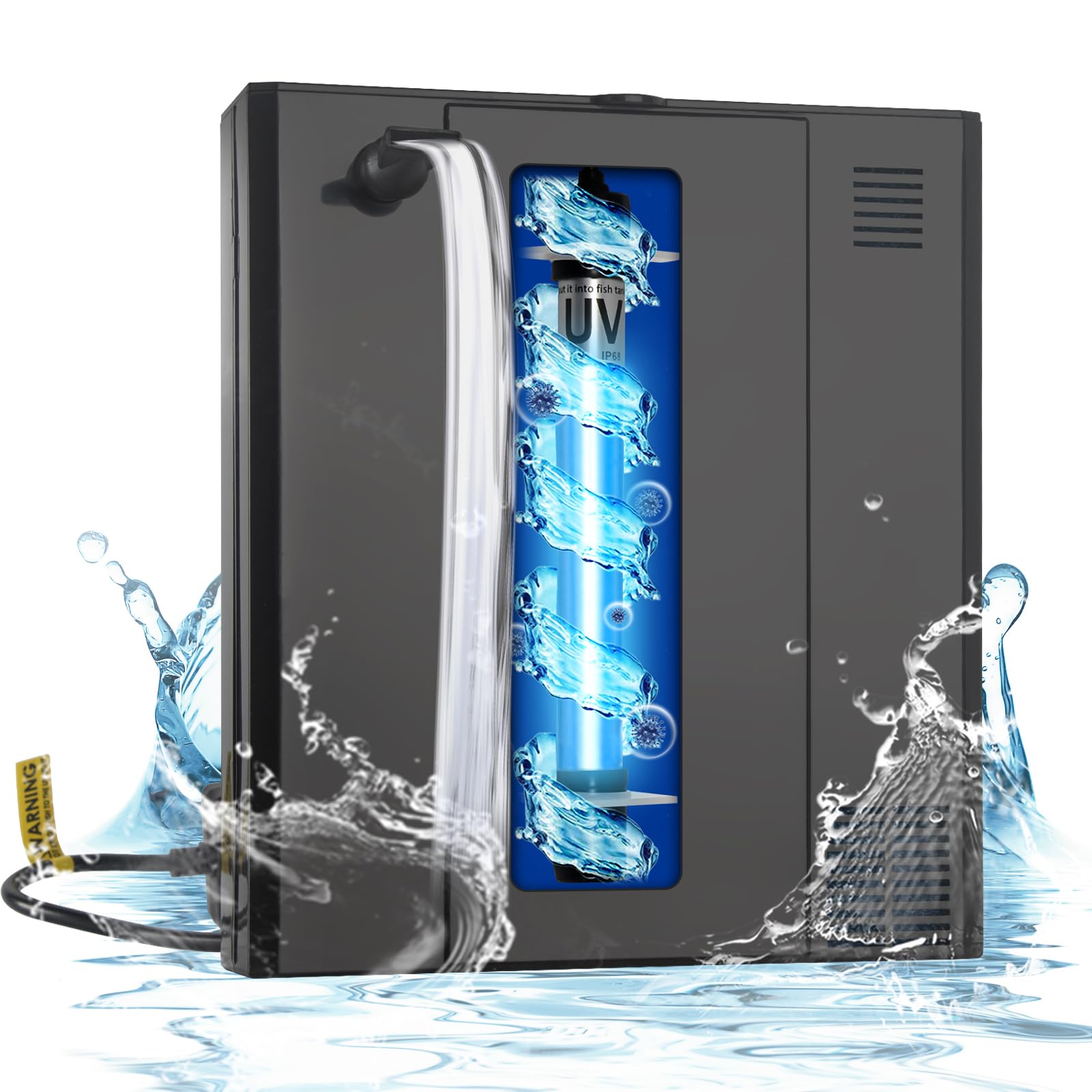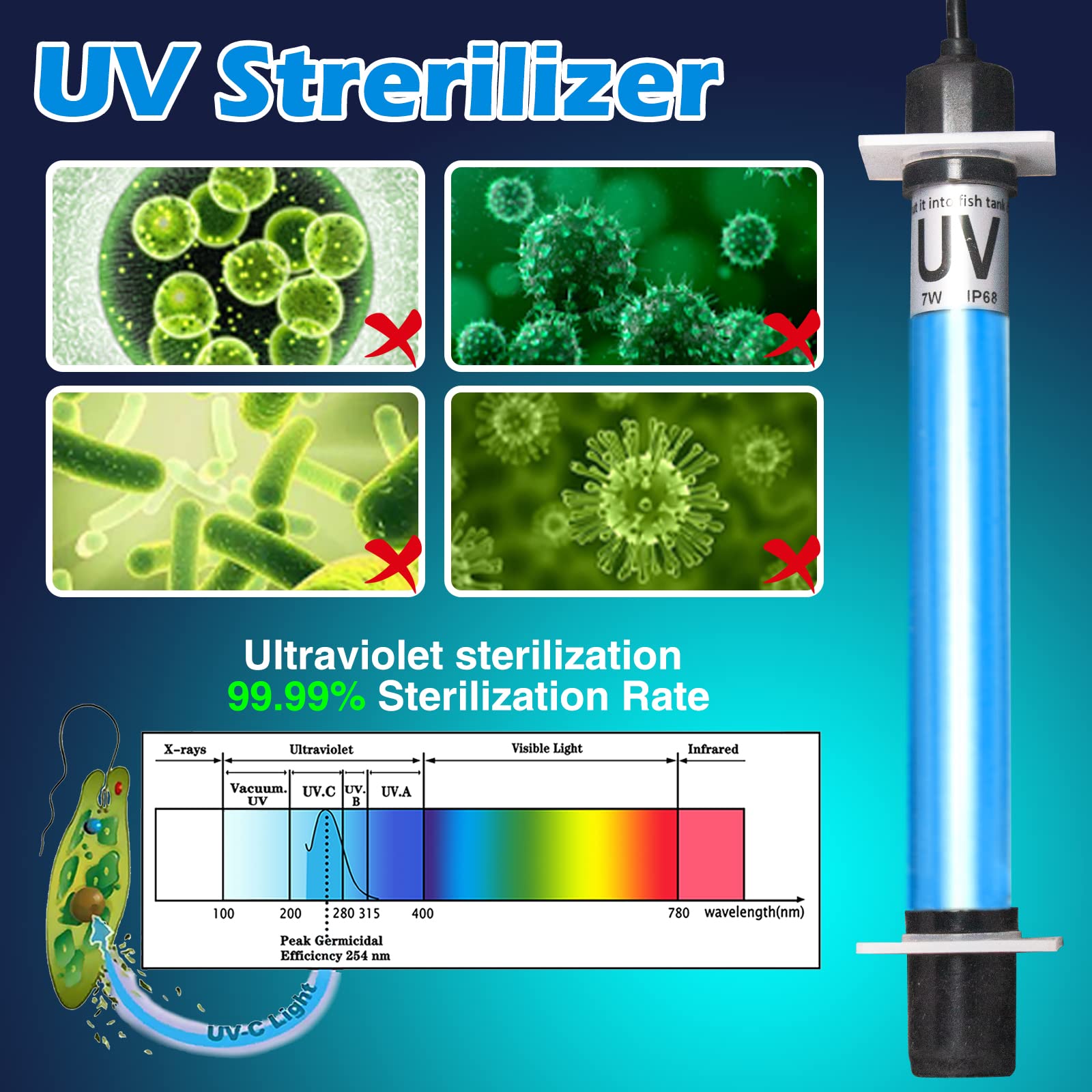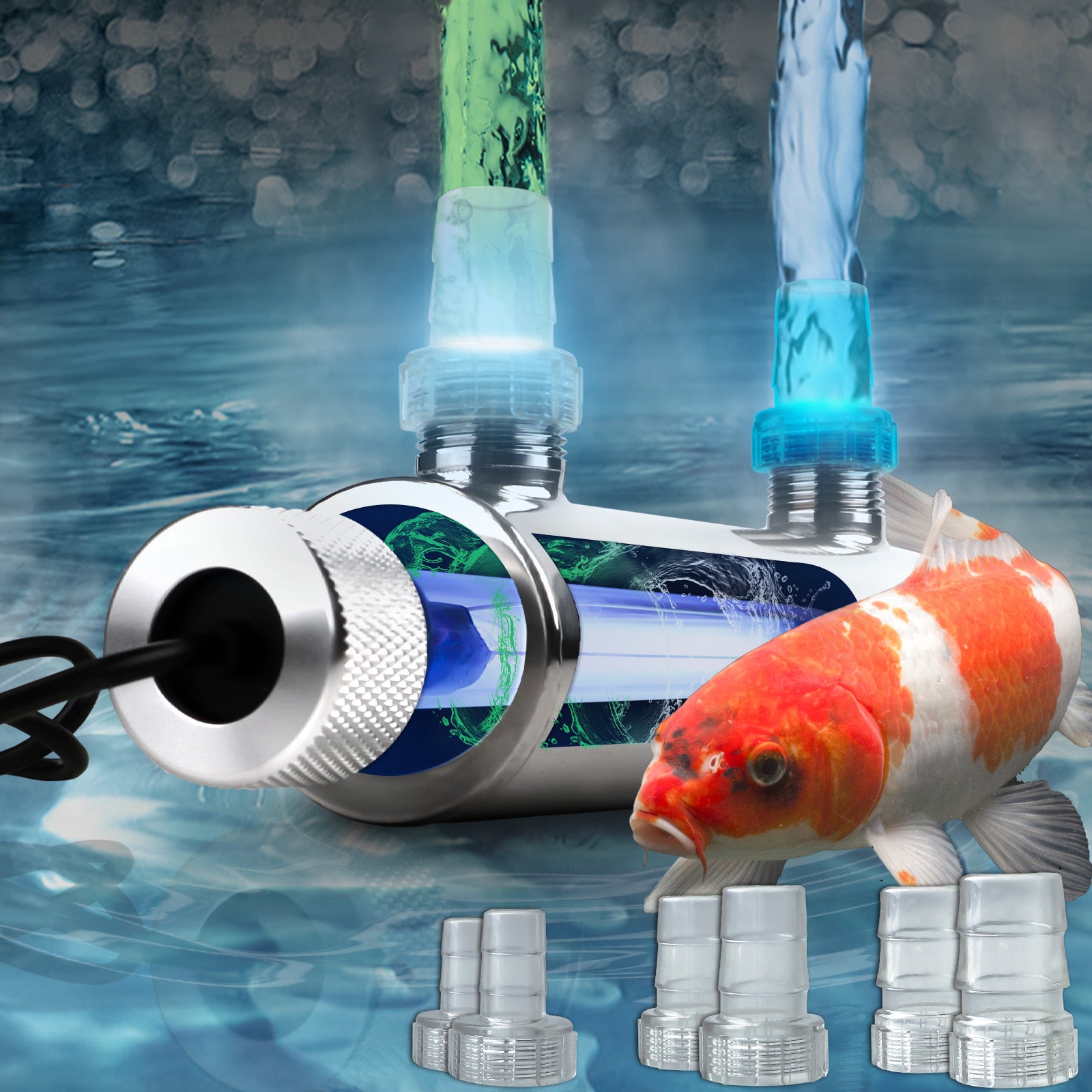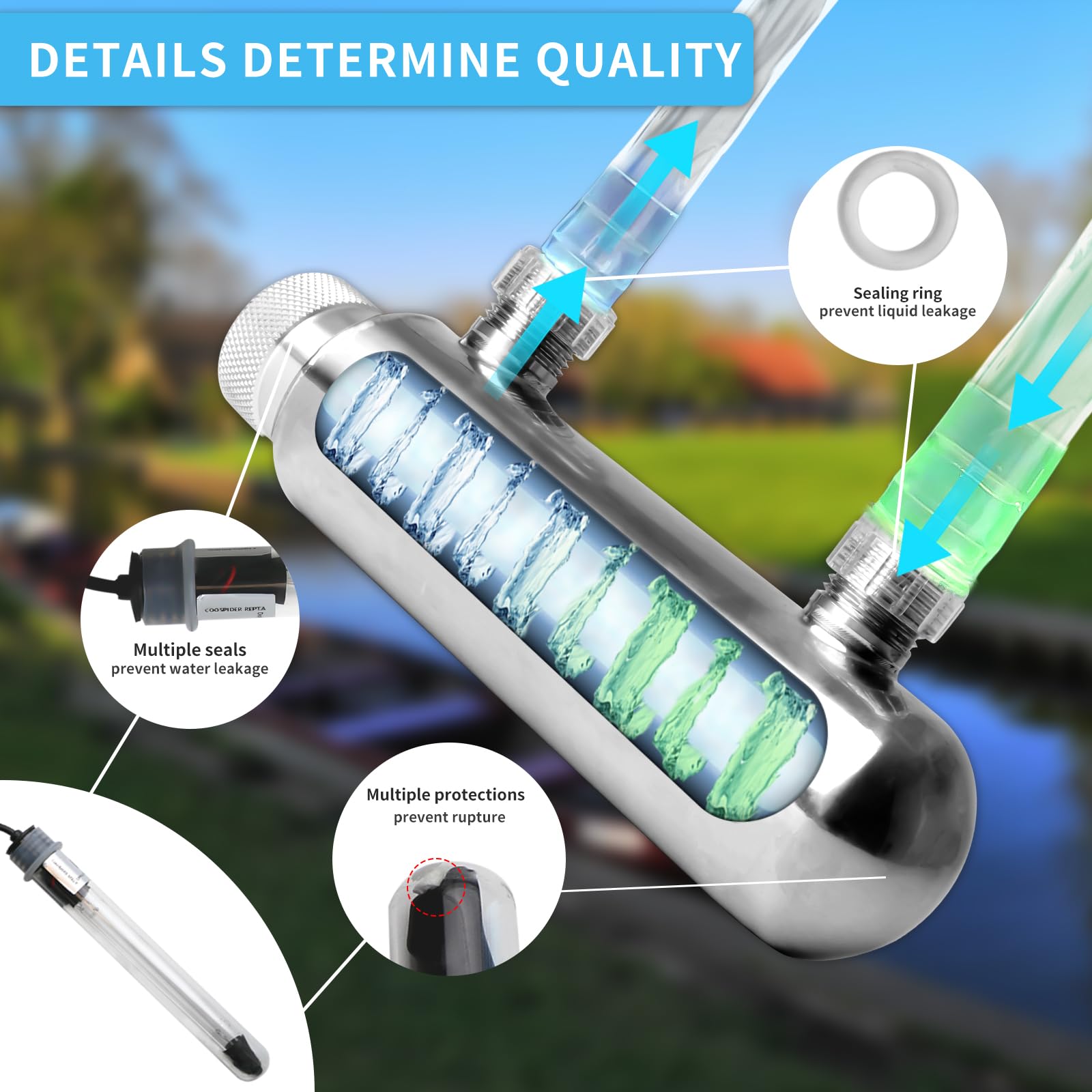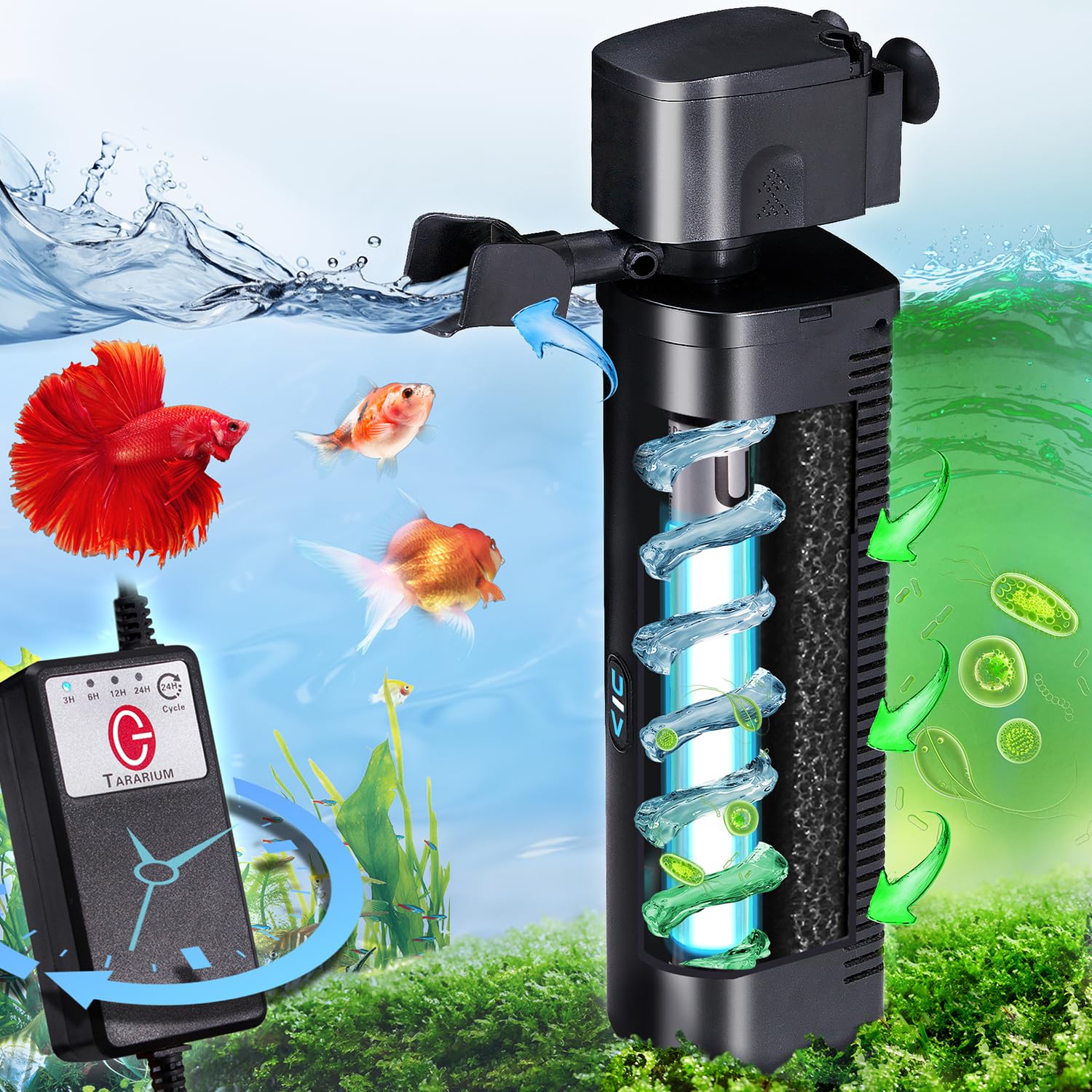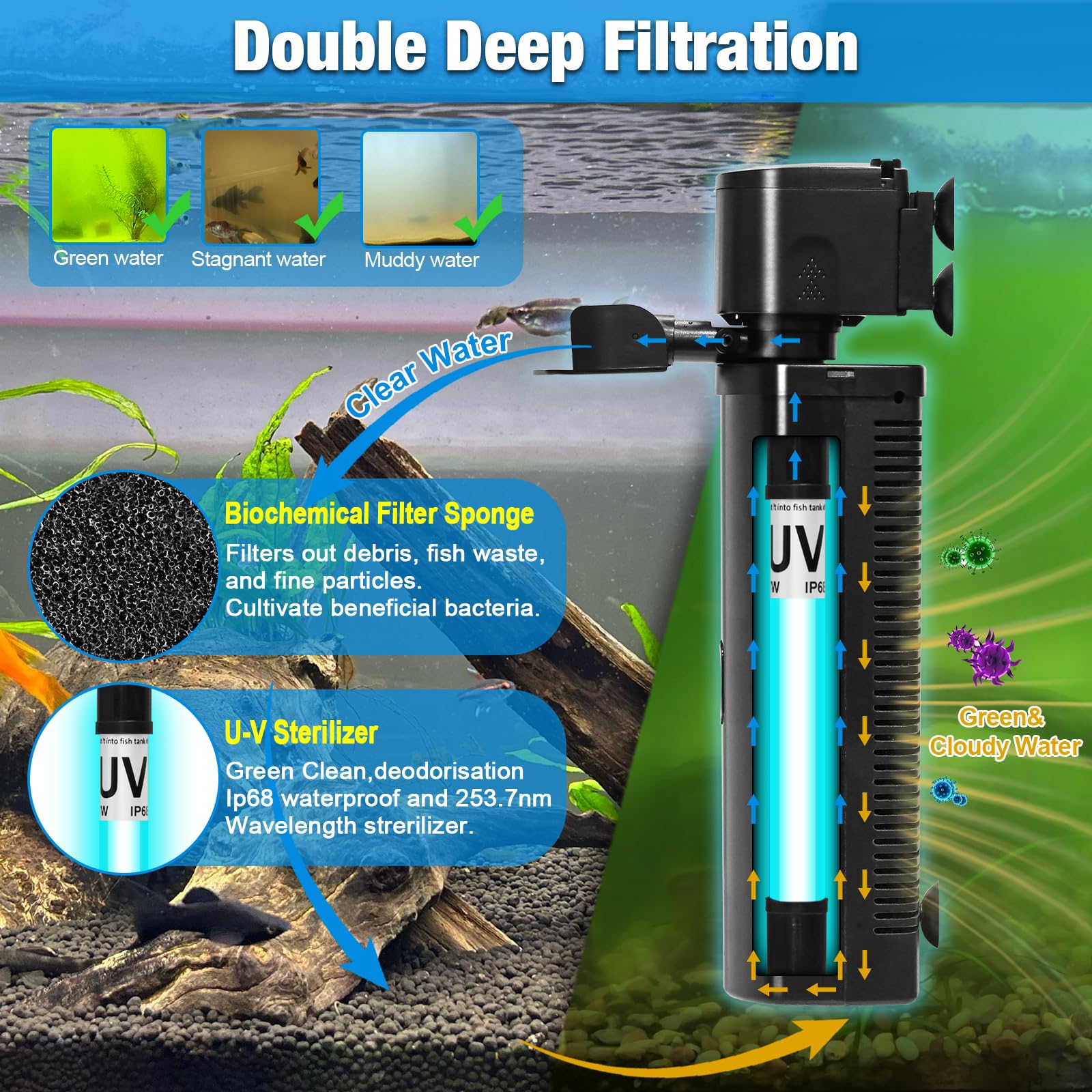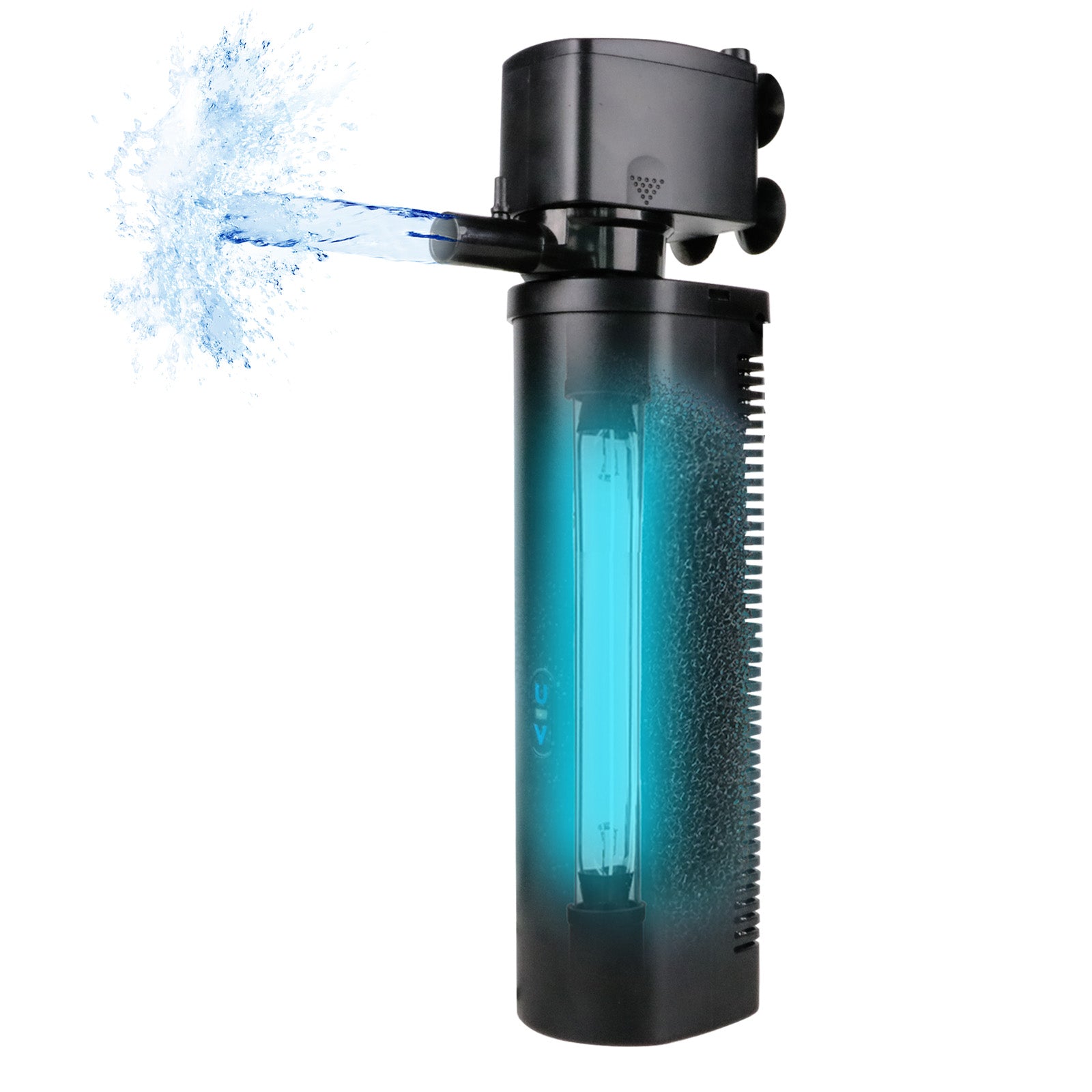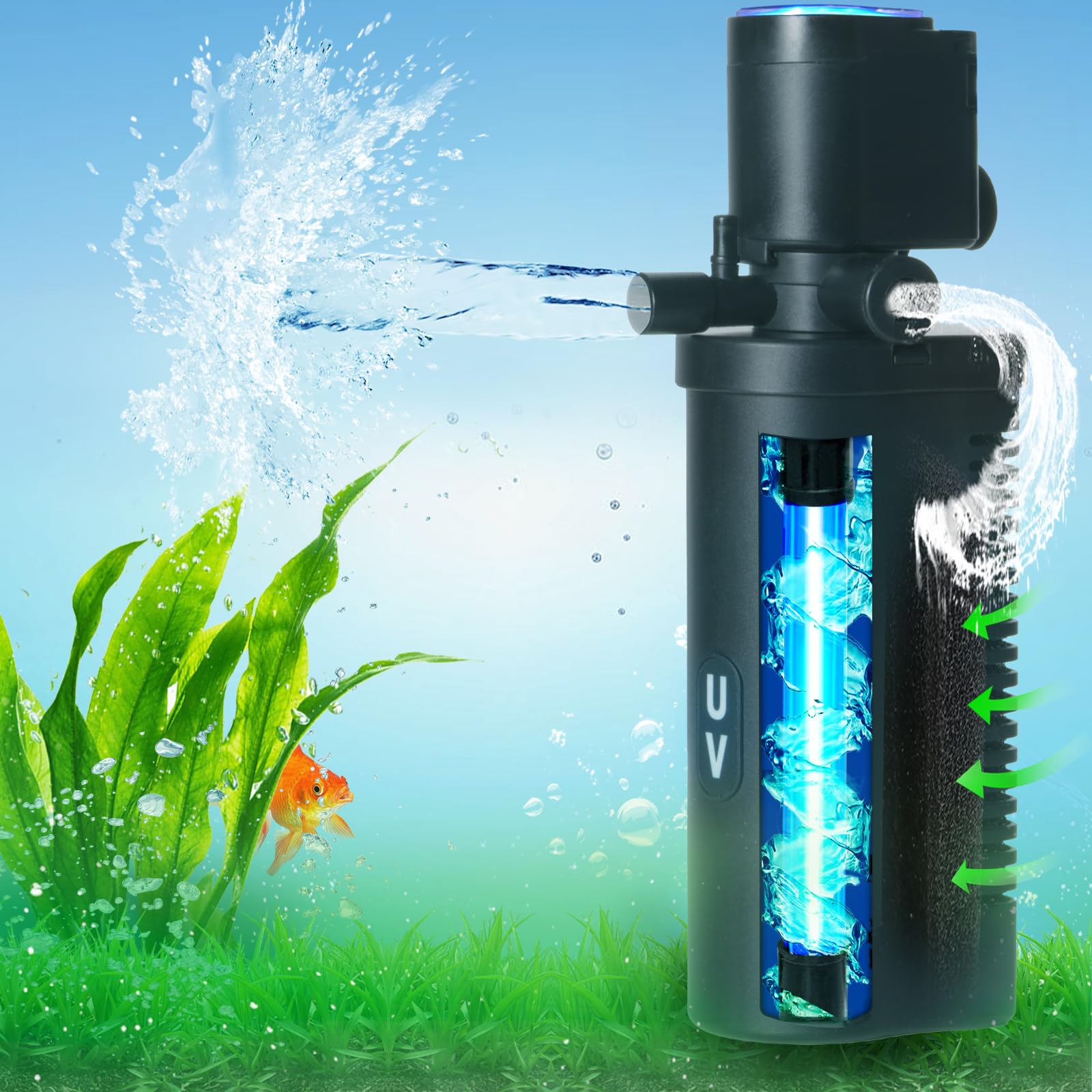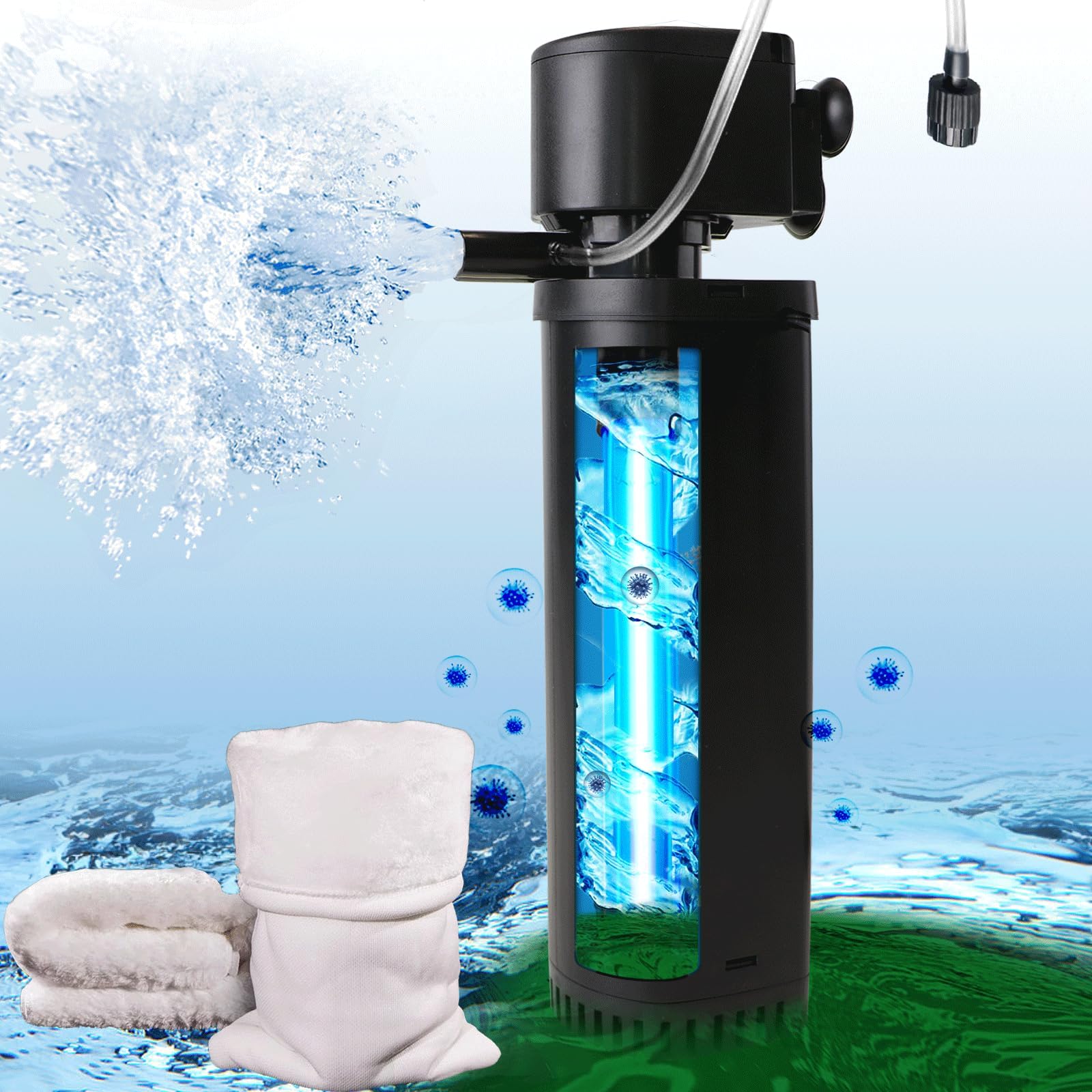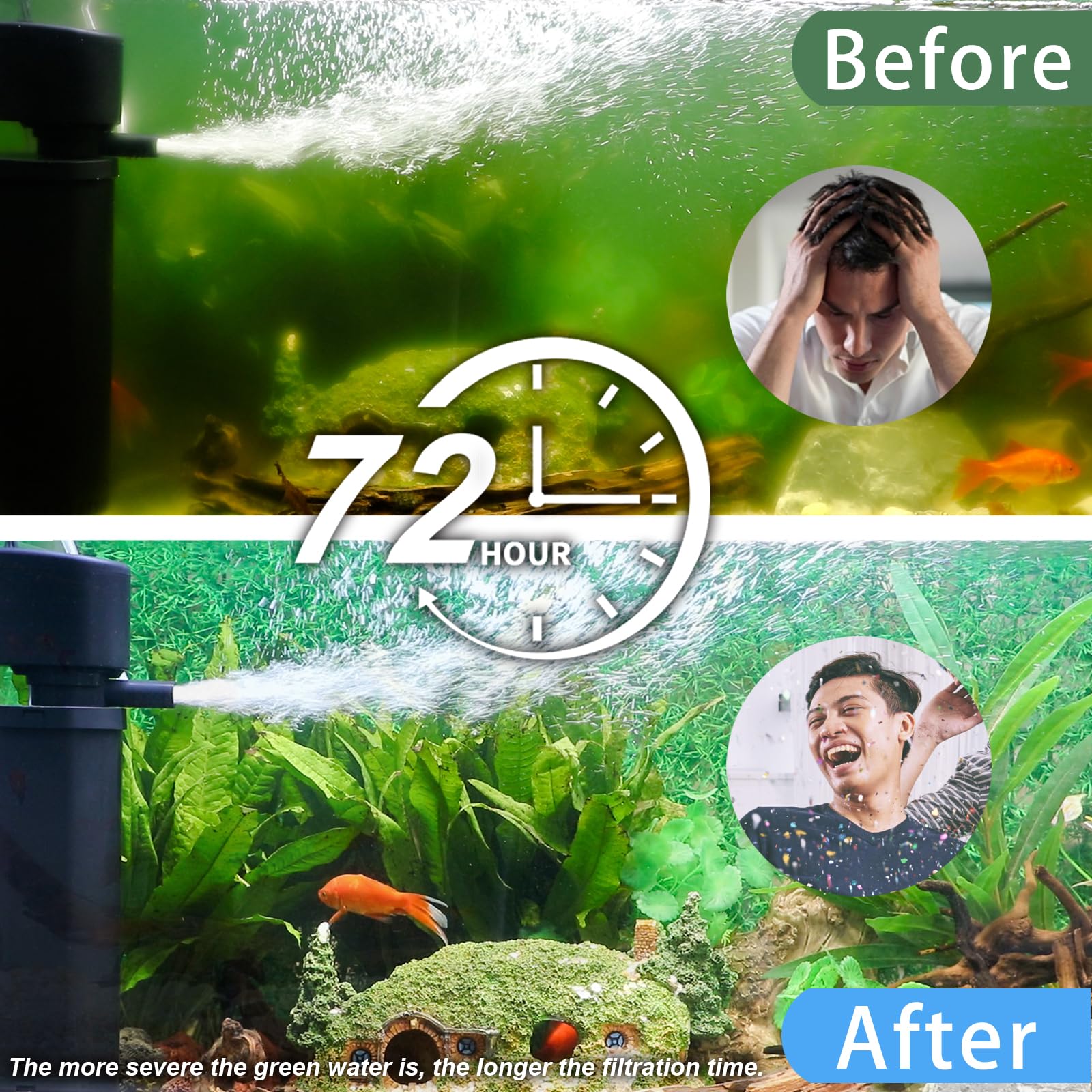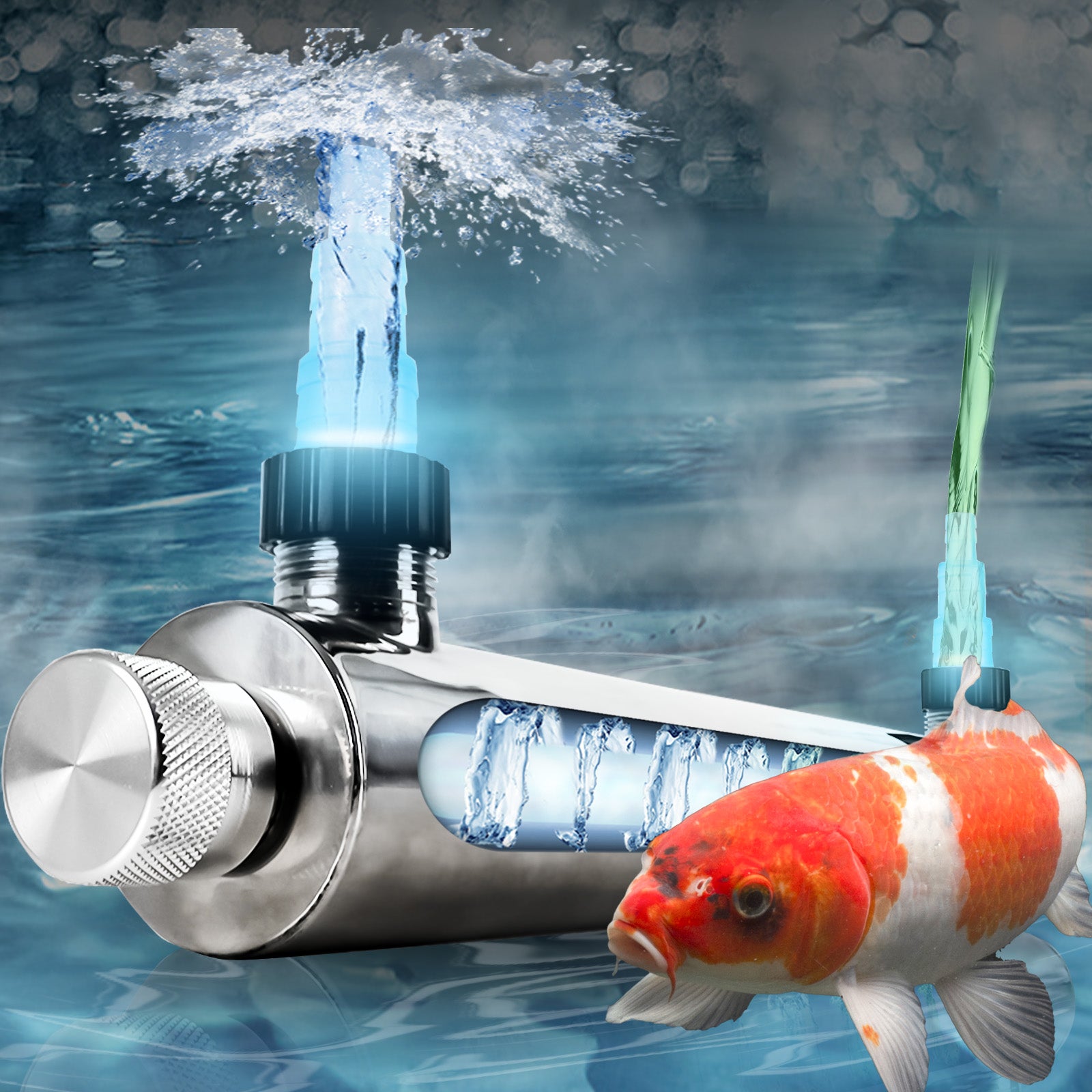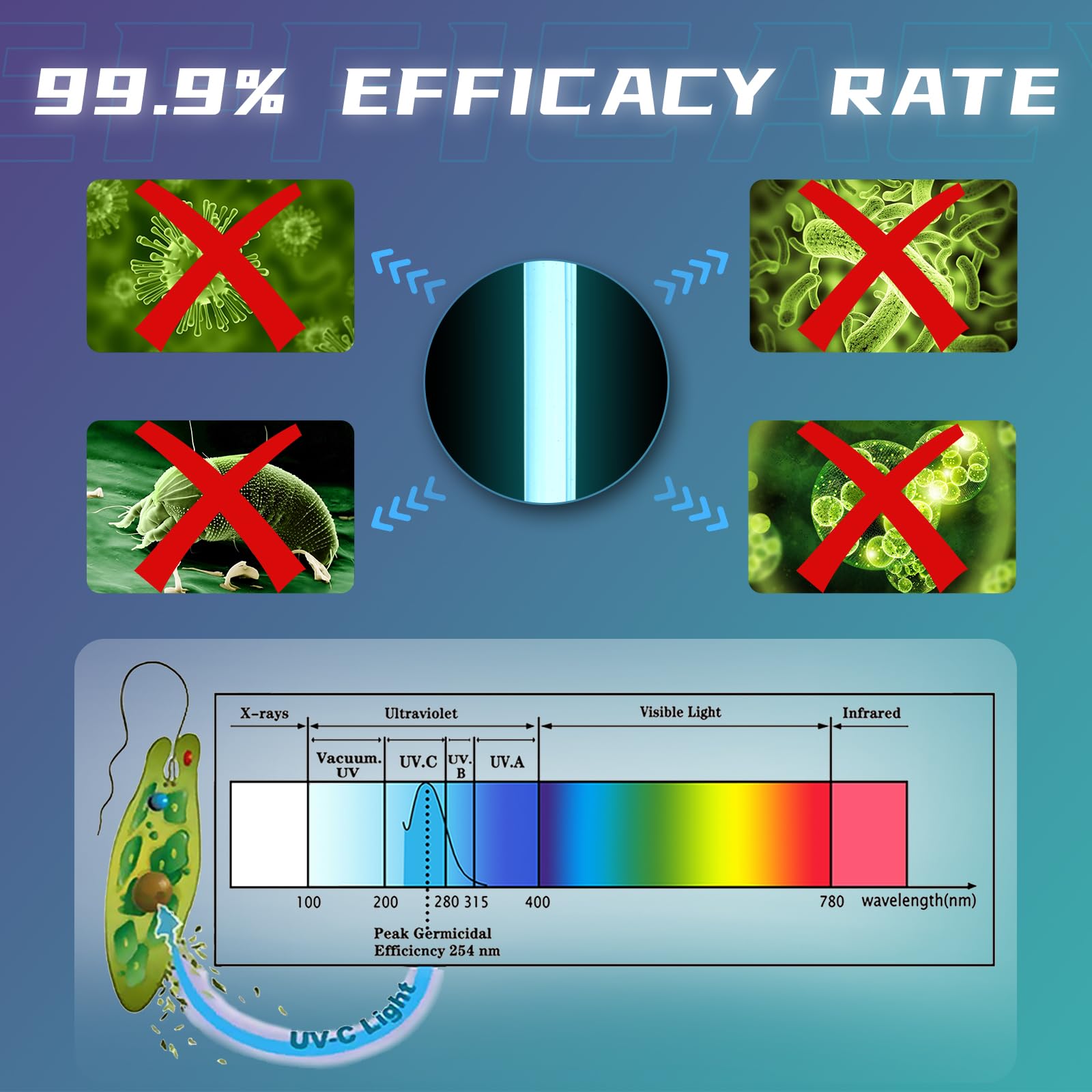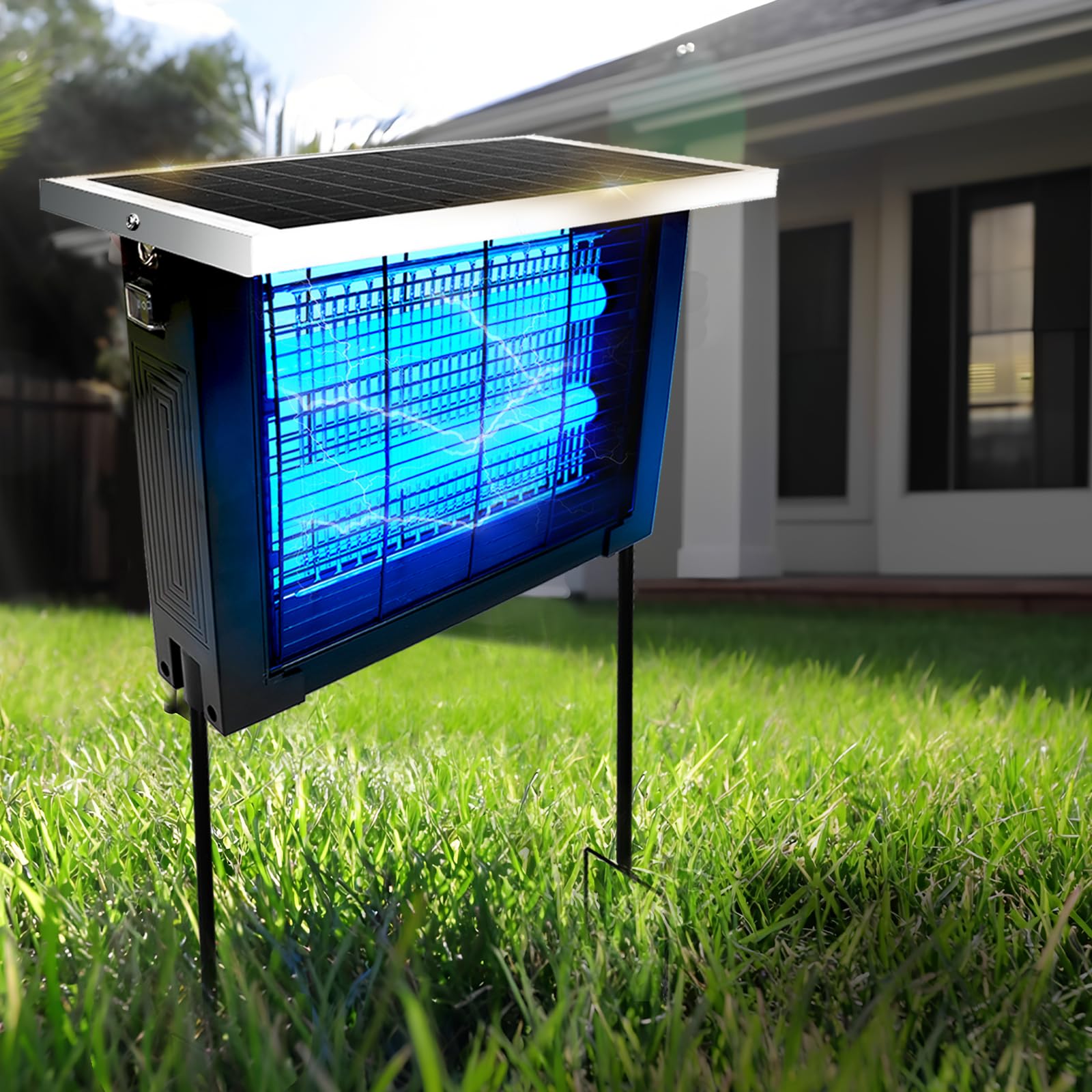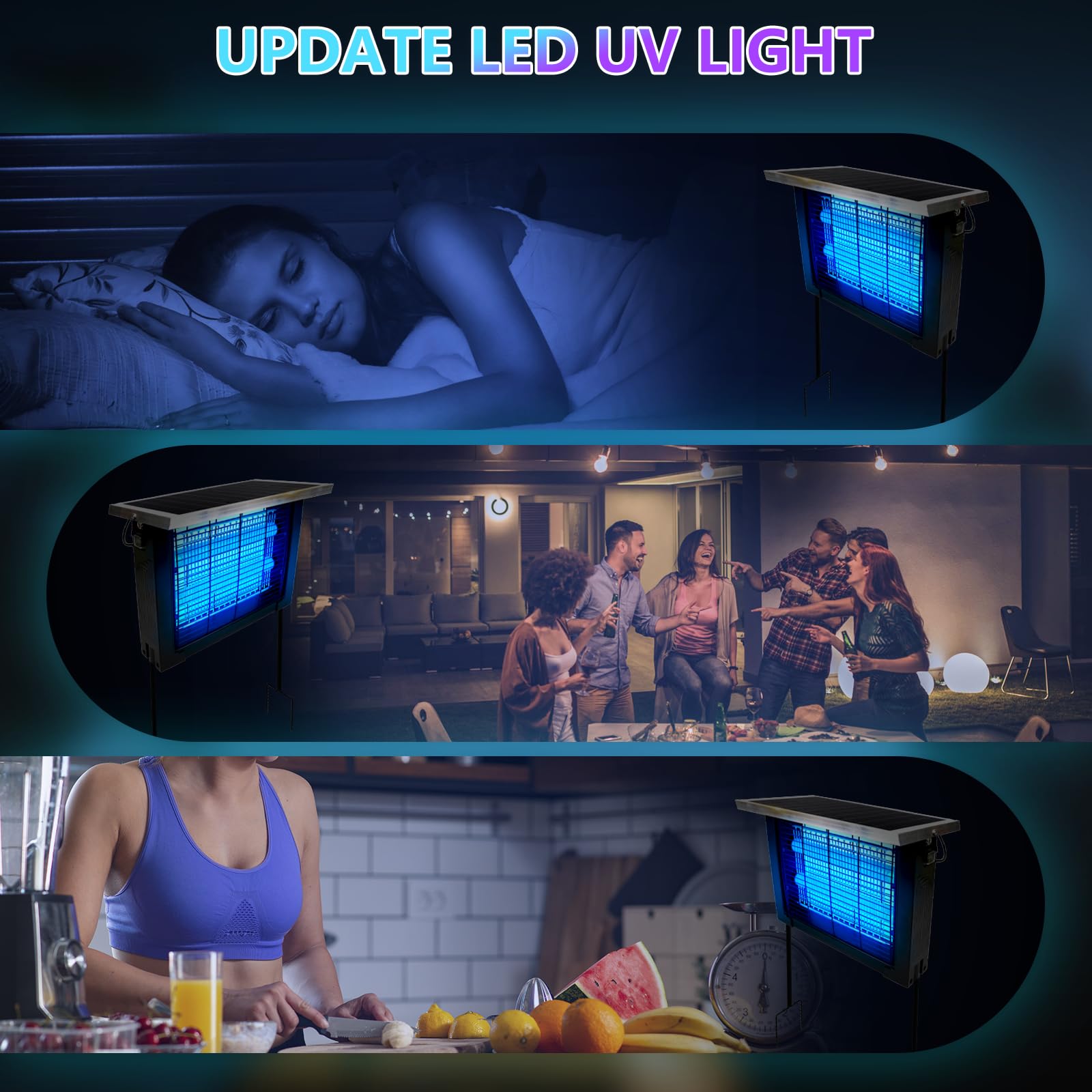and West Nile virus. With so many repellent options available—chemical sprays, natural oils, physical barriers, and high-tech gadgets—how do you know which one is right for you?
This 6,000-word guide will help you evaluate your needs, lifestyle, and environment to pick the most effective, safest, and most convenient mosquito protection method. Whether you're a parent, traveler, outdoor enthusiast, or just someone who hates bug bites, this guide will help you make the best choice.
1. Understanding Your Mosquito Repellent Options
1.1 Chemical Repellents (DEET, Picaridin, etc.)
✅ Pros:
- Highly effective (especially in high-risk areas).
- Long-lasting (up to 8 hours for DEET).
- Easy to apply.
❌ Cons:
- Can irritate skin or eyes.
- Not ideal for babies or pregnant women in high concentrations.
Best for: Camping, hiking, tropical travel.
1.2 Natural Repellents (Essential Oils, Plant-Based Sprays)
✅ Pros:
- Gentle on skin (good for kids and sensitive users).
- Pleasant scents (citronella, lavender, eucalyptus).
❌ Cons:
- Short protection time (1-2 hours).
- Less effective against aggressive mosquitoes.
Best for: Backyard use, light mosquito activity.
1.3 Physical Repellents (Clothing, Nets, Fans, Traps)
✅ Pros:
- No chemicals (safe for all ages).
- Long-lasting (nets, permethrin-treated clothing).
❌ Cons:
- Can be bulky (nets, heavy clothing).
- Requires setup (fans, traps).
Best for: Sleeping protection, long-term outdoor stays.
1.4 Electronic & High-Tech Repellents (Ultrasonic, Thermacell, CO₂ Traps)
✅ Pros:
- Hands-free protection.
- Some are scientifically proven (Thermacell).
❌ Cons:
- Expensive.
- Mixed effectiveness (ultrasonic devices often don’t work).
Best for: Patios, camping, backyard use.
2. Key Factors to Consider When Choosing a Repellent
2.1 Your Location & Mosquito Risk Level
- Low risk (urban areas, minimal mosquitoes): Natural repellents, fans.
- Moderate risk (suburbs, parks): DEET/picaridin sprays, treated clothing.
- High risk (tropical, malaria zones): DEET + permethrin-treated nets.
2.2 Duration of Exposure
- Short-term (1-2 hours): Natural sprays, wristbands.
- All-day (hiking, fishing): DEET, picaridin, permethrin clothing.
- Overnight (camping, travel): Mosquito nets + spatial repellents.
2.3 Skin Sensitivity & Health Considerations
- Sensitive skin? Try picaridin or oil of lemon eucalyptus.
- Pregnant or breastfeeding? Avoid high-concentration DEET.
- Babies & toddlers? Use nets, clothing, and minimal DEET (if needed).
2.4 Convenience & Lifestyle
- On-the-go? Spray repellents (DEET, picaridin).
- Home/patio use? Fans, traps, candles.
- Minimalist traveler? Permethrin-treated clothing + small spray.
3. Choosing the Best Repellent for Different Scenarios
3.1 For Parents & Babies
✔ Best options:
- Mosquito nets (crib, stroller).
- Permethrin-treated clothing.
- Gentle sprays (picaridin 10-20%).
❌ Avoid:
- High-concentration DEET (>30%) for infants.0
- Essential oils on babies under 2 months.
3.2 For Travelers (Especially Tropical Destinations)
✔ Best options:
- DEET 20-30% (for skin).
- Permethrin-treated clothing & nets.
- Thermacell for hotel rooms.
❌ Avoid:
- Relying only on natural oils in high-risk areas.
3.3 For Campers & Hikers
✔ Best options:
- DEET or picaridin spray (reapply every 4-6 hours).
- Permethrin-treated gear (clothing, tents).
- Mosquito head nets for extreme conditions.
❌ Avoid:
- Wristbands (ineffective).
- Untreated thin clothing.
3.4 For Backyard & Patio Use
✔ Best options:
- Fans (disrupt mosquito flight).
- CO₂ traps (reduce mosquito population).
- Citronella candles (short-term relief).
❌ Avoid:
- Ultrasonic repellents (mostly ineffective).
4. Combining Methods for Maximum Protection
4.1 The Layered Defense Strategy
For best results, use multiple methods:
- Skin protection: DEET/picaridin spray.
- Clothing barrier: Permethrin-treated shirts/pants.
- Environmental control: Fans, nets, traps.
4.2 Common Mistakes to Avoid
❌ Using too little repellent (apply evenly).
❌ Ignoring reapplication times (DEET wears off).
❌ Not checking for resistance (some mosquitoes adapt).
5. Final Decision Guide: What’s Right for You?
| Your Situation | Best Repellent Choice |
|---|---|
| Family with babies | Nets, picaridin, clothing |
| Tropical travel | DEET + permethrin nets |
| Weekend camping | DEET, treated gear, head net |
| Backyard BBQs | Fans, CO₂ traps, candles |
| Sensitive skin | Picaridin, oil of lemon eucalyptus |
Conclusion: The Smart Way to Stay Bite-Free
Choosing the right mosquito repellent depends on where you are, how long you’ll be outside, and your personal health needs.
🔹 For high-risk areas: DEET + permethrin nets.
🔹 For kids & sensitive skin: Picaridin, nets, fans.
🔹 For travelers: DEET, treated clothing, Thermacell.
🔹 For backyards: Fans, traps, candles.
Final Tip: Always test a small patch of skin with new repellents and reapply as needed.
What’s your go-to mosquito repellent? Share your experiences below! 🚀



